Sponsored by Allianz Travel
Planning a trip to Europe with kids is equal parts exciting and equal parts daunting. It’s unlike any other destination as it involves multiple countries in one land mass, each with their own cultures, rules, foods, and prices.
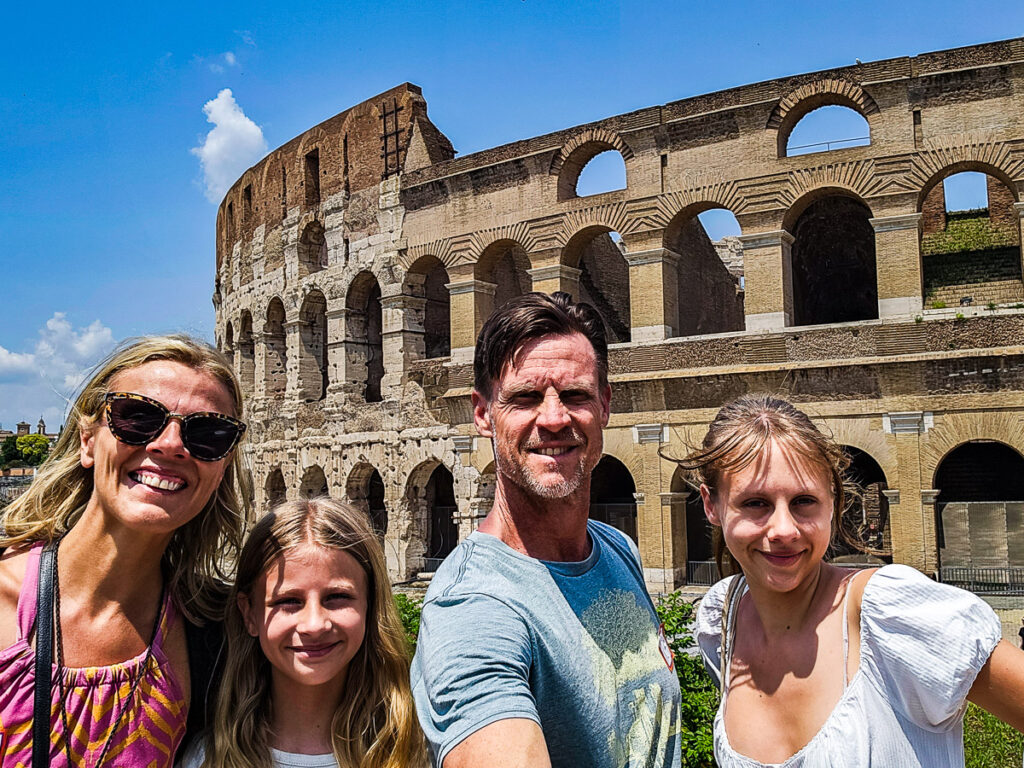
Europe is filled in and jam packed with endless things to do. How do you decide where to go, what to spend, how to get around, and what to do in each country, while making sure the kids are entertained and happy?
We recently visited Europe for four weeks, visiting Paris for four days and the Loire Valley in France; Rome, Tuscany, Florence, Cinque Terre, Verona, and Venice in Italy; plus we did an 8-day Danube River cruise with Avalon Waterways from Germany to Budapest, and Hungary.
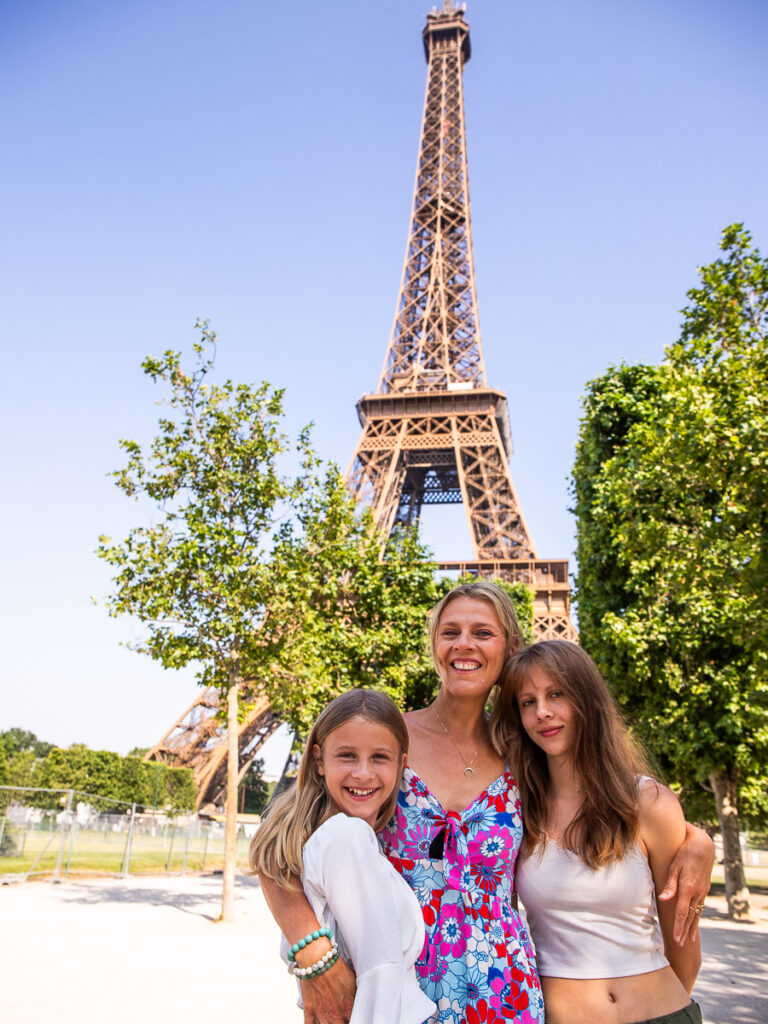
Our Europe trip was not perfect, and we made plenty of mistakes, and sometimes had unhappy bored teens, but overall, it was an incredible experience that we’d do over (while correcting those mistakes).
From our Europe travel mistakes we learned plenty of tips on how to plan a trip to Europe with kids, including what you need to know once you get there! In this guide, we’ve shared those mistakes with you to help you learn from them, but also so you can see we are real-life travelers sharing these tips.
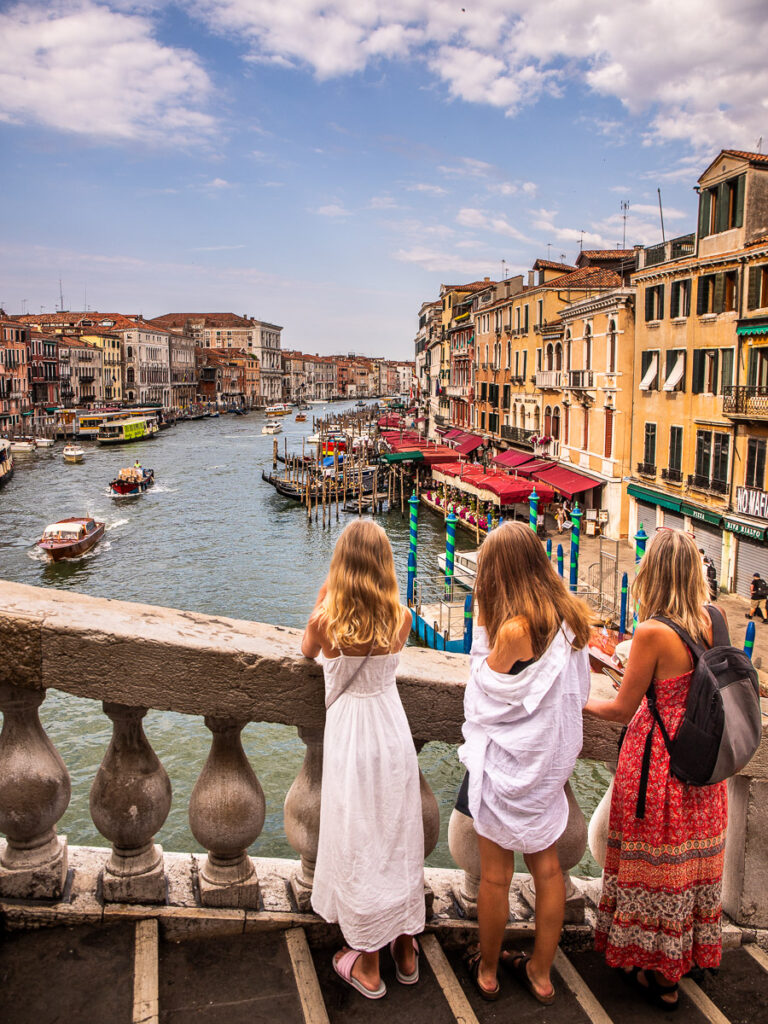
Grab an Aperol Spritz and get comfortable. It’s a long post, but full of valuable information – so you won’t need to keep searching. If you find it helpful, please share it with a friend traveling to Europe as a family!
- How To Plan A Trip To Europe With Kids
- 1. Get Travel Insurance Before You Start Booking Things
- 2. Involve the Kids in the Planning
- 3. Think about Age-Appropriate Attractions
- 4. Think About your Time Frame
- 5. Try to Use Points and Miles
- 6. Book (almost) Everything in Advance
- 7. Be Realistic About What You Can Do
- 8. Where Possible, Try to Reduce Travel Time
- 9. Plan For Quieter Destinations In Between Busy Ones
- 10. Consider a River Cruise or Multi-Day Tour
- 11. Check your Passports are Valid
- How to Plan your trip to Europe with Kids (The Strategy)
- Final Thoughts
Thanks to our long-term partner Allianz Travel Insurance for sponsoring this content, we can share all our tips with you now!
How To Plan A Trip To Europe With Kids
Before you start planning and booking things in, you’ll want to consider the following so you can get it as close to great as possible.
1. Get Travel Insurance Before You Start Booking Things
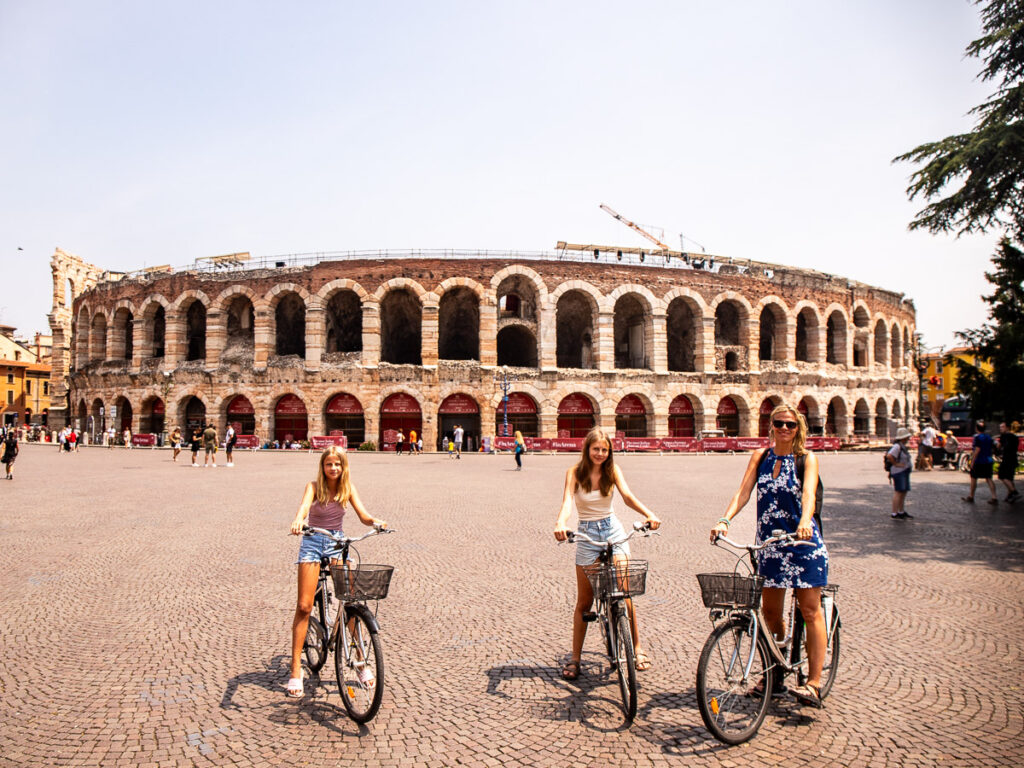
Most people leave purchasing a travel insurance policy to the last minute. But, what if, after you book your flights, something unexpected happens and you can no longer travel – you’re not protected!
Protection starts from the moment you purchase insurance. Having travel insurance takes away many stresses and hassles of traveling if something goes wrong.
We love having an annual travel insurance policy that covers our entire family. We travel frequently enough to warrant it. It means we can plan a trip, pack our bags and walk out the door without even having to worry about purchasing a policy. It’s already done.
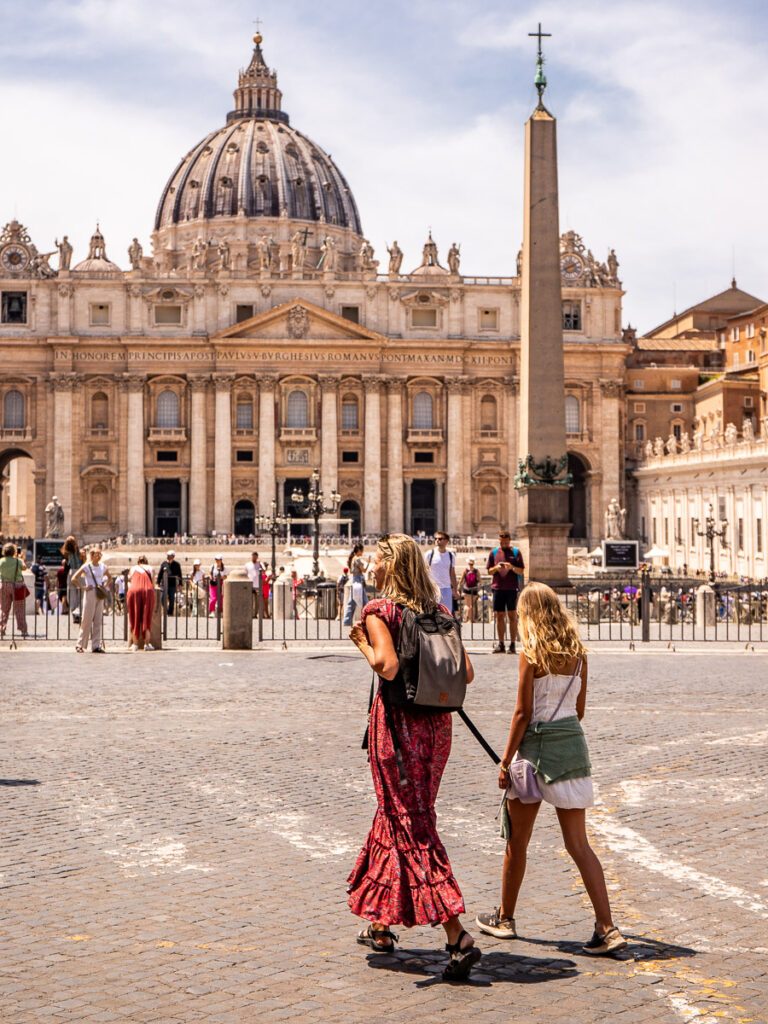
On our Europe trip, we saved money on expensive Collision Damage Waiver policies, because rental car loss/damage coverage is included in our annual policy and some single trip policies. You may also be able to add it to your policy if it’s not!
As the Allianz’s annual Vacation Confidence Index shows, more Americans than ever are taking an annual vacation this year. In fact, vacation spending is breaking records with the 2023 vacation spend expected to hit $214 billion! This means there is a high likelihood that there will be more travelers in 2023, which increases the risk of travel delays.
Having a travel insurance policy can help reimburse costs for any covered delay or baggage loss.
2. Involve the Kids in the Planning
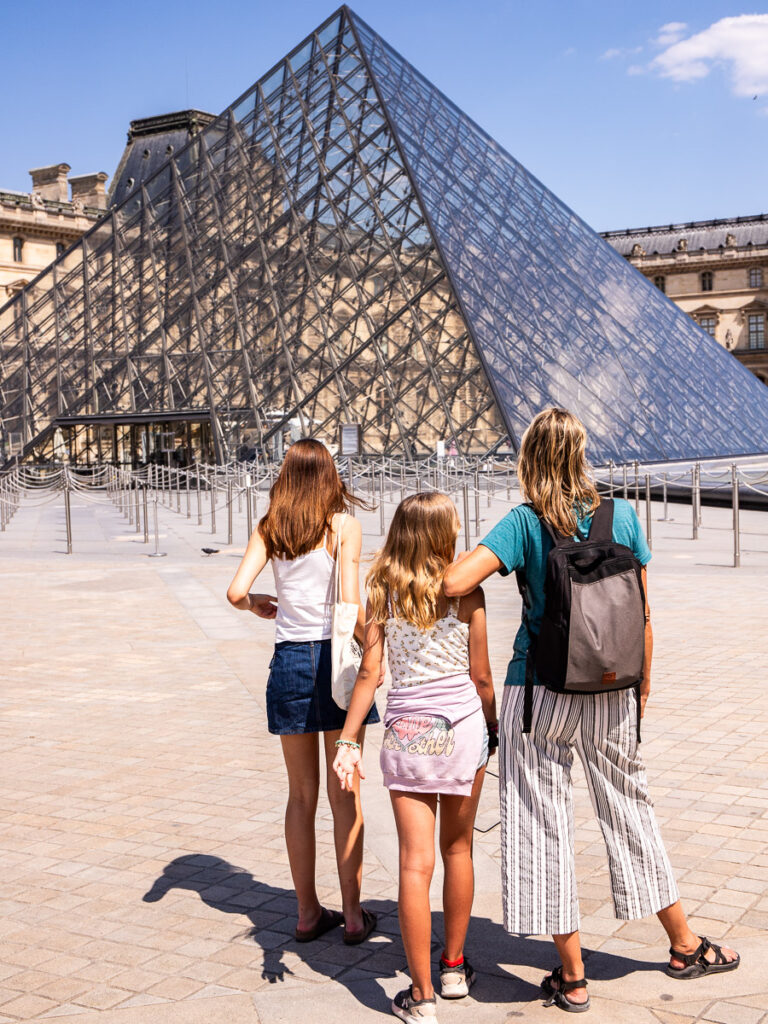
The kids aren’t always going to be happy, and neither are you. So don’t aim for perfection. Aim for an overall great time.
Before you start booking anything, try to get the kids excited. Talk about Europe with them, read blog posts and books, watch movies and TV shows set in Europe.
Discuss the countries and experiences you are considering and have them offer their own opinions.
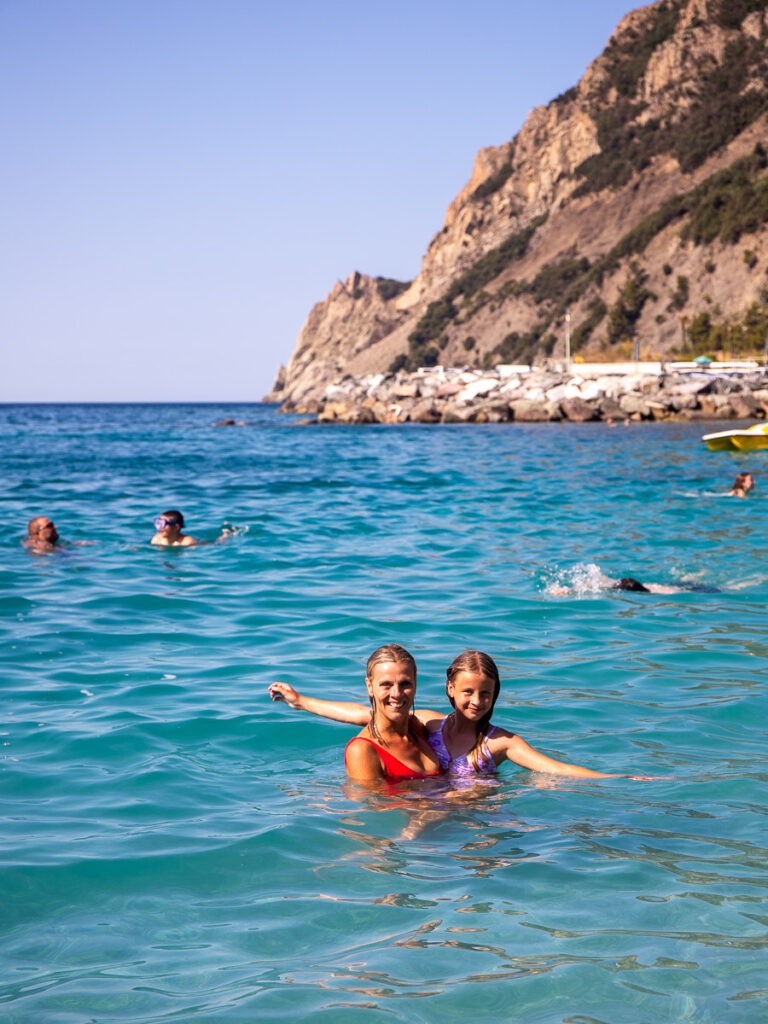
Savannah really wanted to go to Italy for the food and do a cooking class, Kalyra wanted to go to Paris and Cinque Terre, so we made sure to incorporate those into our 4-week Europe itinerary.
3. Think about Age-Appropriate Attractions
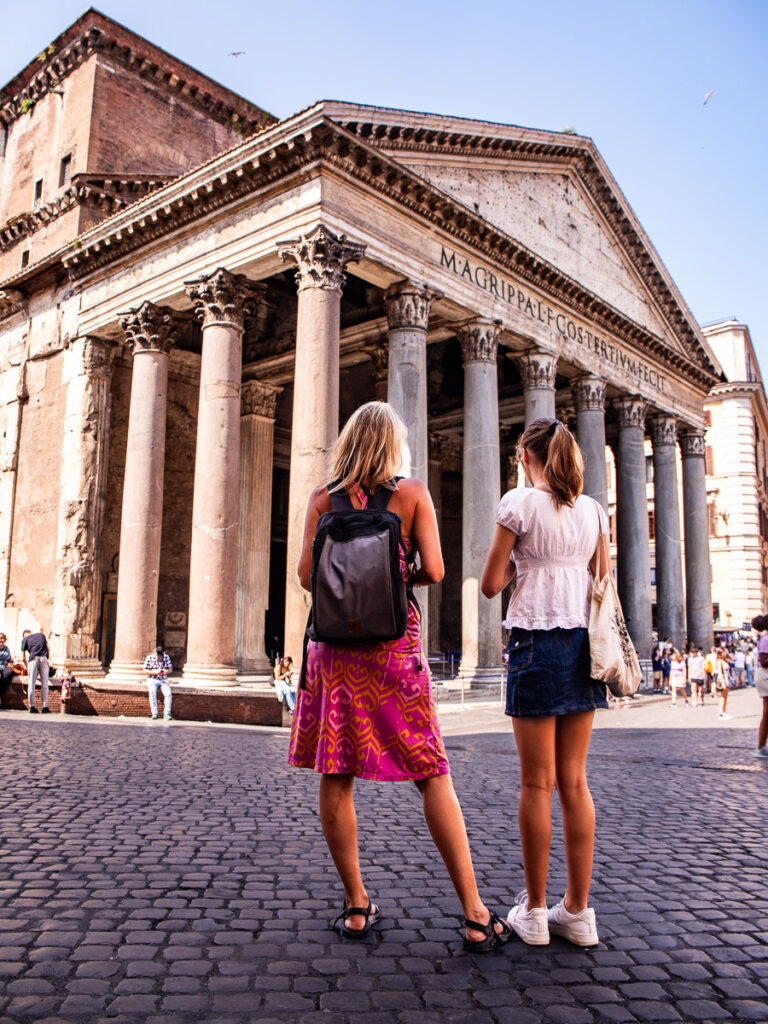
The age of your children will impact how you travel Europe and the different experiences you have as a family.
Europe is a great destination for older kids as they’ll understand more of the rich history of the continent – it’s likely they’ll be learning a lot about it in school so they can connect to it better.
For younger kids, you may visit places that aren’t as busy, don’t involve so much walking, and have more younger kid activities.
And for older kids, here our our teen’s favorite things to do in London, the best things to do in Paris with teens, best things to do in Rome with teens and what our teens loved about our river cruise.
4. Think About your Time Frame
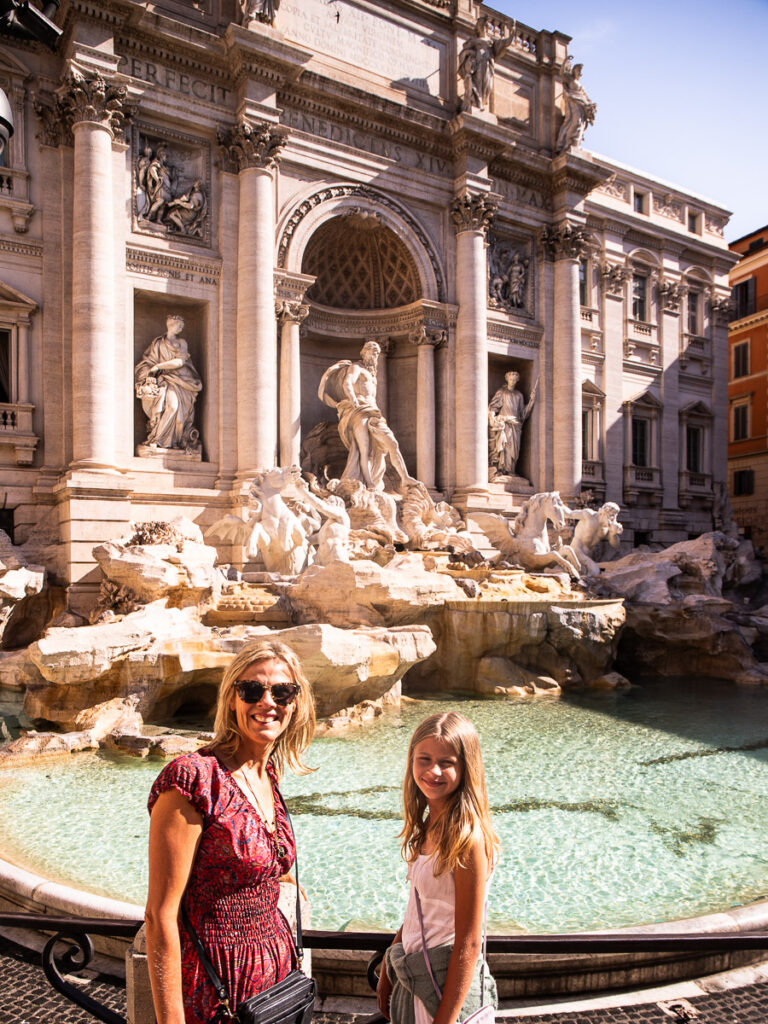
When you plan to travel to Europe, your time frame and how long you have will have a significant effect on your trip planning and itinerary.
Summer is the busiest time of the year, where you’ll need to book far in advance, and prices will be higher. Especially from June, July and August.
It may also impact the European destinations you decide to visit. Italy was extremely busy on our trip, whereas Germany, Austria and Budapest were much quieter.
An optimal time to travel to Europe will be May or September/October when the weather should still be nice, but crowds are fewer as most kids are in school in the USA and Europe.

Winter may also be perfect for some destinations for better deals and fewer crowds. Of course, choose destinations that aren’t beach or summer focused!
We traveled to London in March 2022 as we knew weather wouldn’t change the experience too much as it’s usually wet and cold year-round.
I’d rather do summer in a hotter destination, especially as most of the attractions like Tower of London, Big Ben, Buckingham Palace and Tower Bridge etc are best viewed from outside!
Length of time will also impact how many countries or destinations you can fit in, what kind of transport to take, and how busy your days will be with activities!
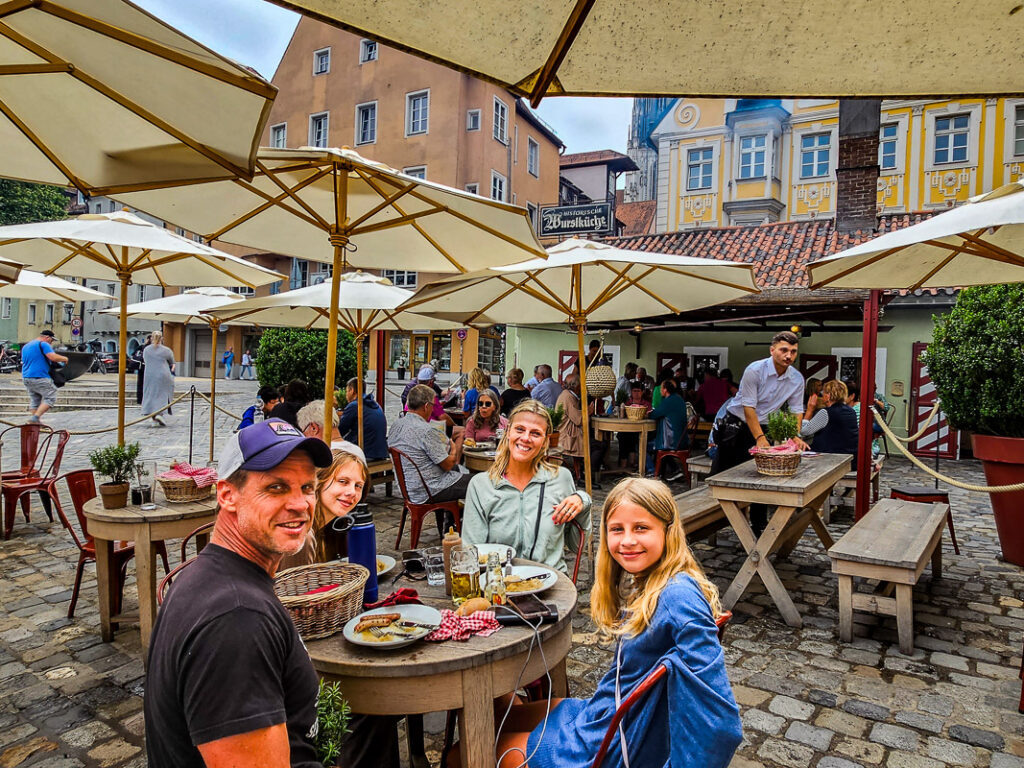
As Australians, we rarely travel anywhere for less than two weeks. It’s a habit we cannot break. But we understand Americans, due to shorter annual leave and closer proximity, will tend to travel to Europe for shorter periods.
Four weeks in Europe for us was a great amount of time. We could have scaled that back to three weeks as teenagers can get bored quickly and just want to be at home with their friends, especially during the long summer school break!
5. Try to Use Points and Miles
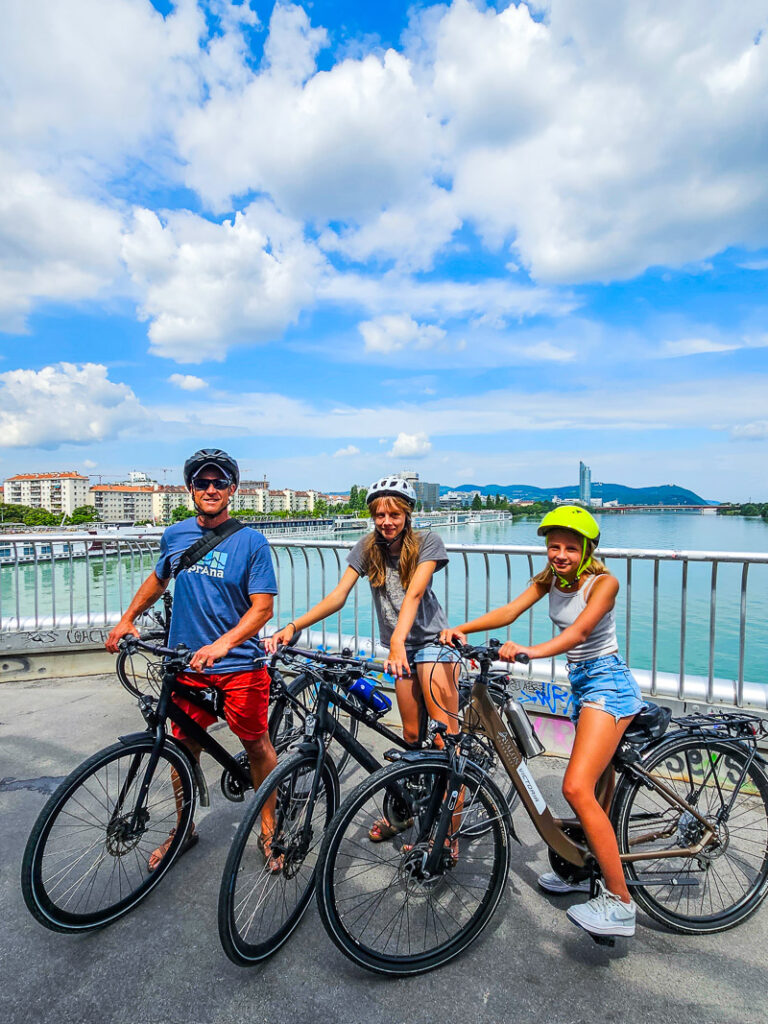
One of our biggest budgeting tips for Europe is to try to use miles and points to save on accommodation and transport costs. Thankfully, we had an accumulation of nearly a million points across various credit cards to tap into.
Because of that we used points for some of our flights and 90% of all our accommodation in the first three weeks of our trip.
I know, using points for flights is typically the best value, but why not also use them on accommodation, if it saves you money and is the difference between exploring Europe or staying home.
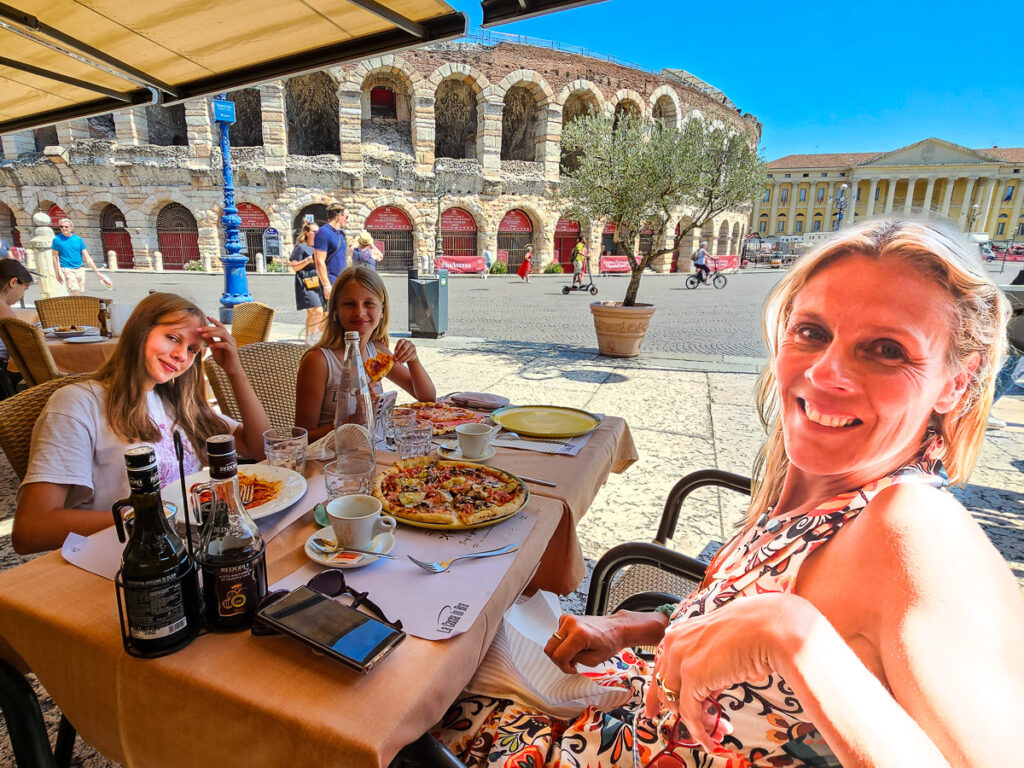
We have a Chase Ink Business Preferred card and an AMEX Gold card and normally book travel through the Chase or AMEX portal as we seem to get the best deals through there when it comes to accommodation.
Also, as it was the busy summer months, there were barely any award rooms available with hotel chain rewards programs like Marriott, Hyatt etc. As the Chase and Amex portal are more like booking engines and you are not locked into a particular hotel or airline brand, you can use your points at a variety of different hotels (and airlines), instead of transferring them to the Hyatt etc. programs.
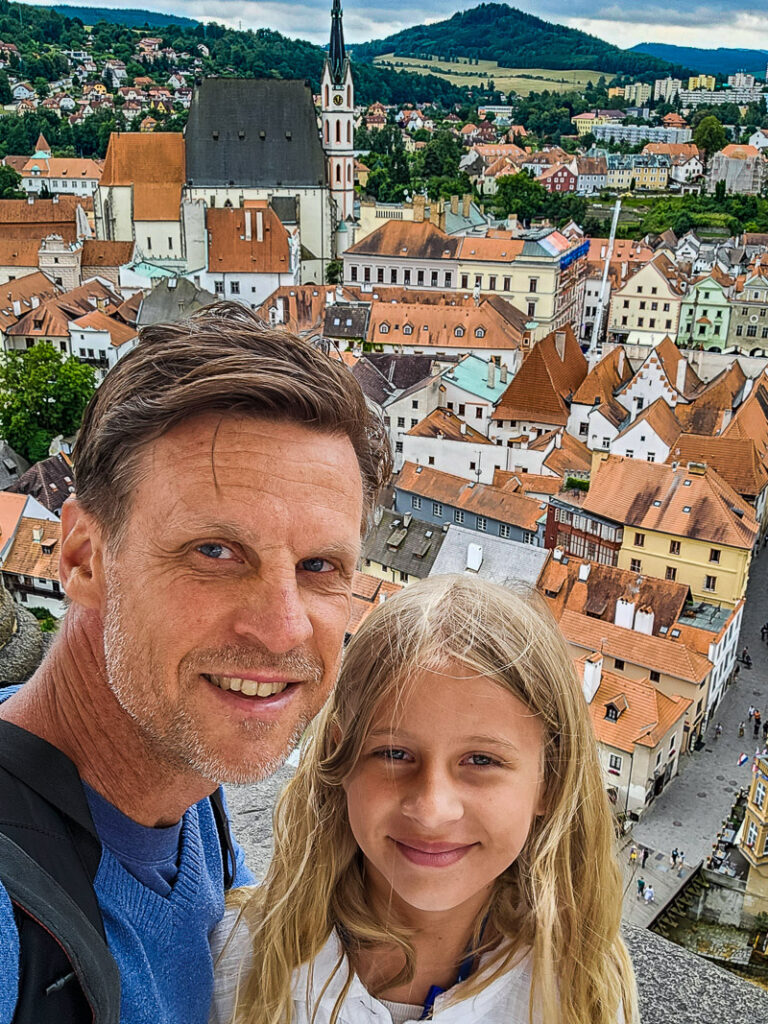
Same too with booking flights, we tend to get better deals via these portals. I think it’s the best option if you have less flexibility with your travels.
We found a great points deal on our flights from Verona to Munich booking Lufthansa via my United mileage program.
6. Book (almost) Everything in Advance
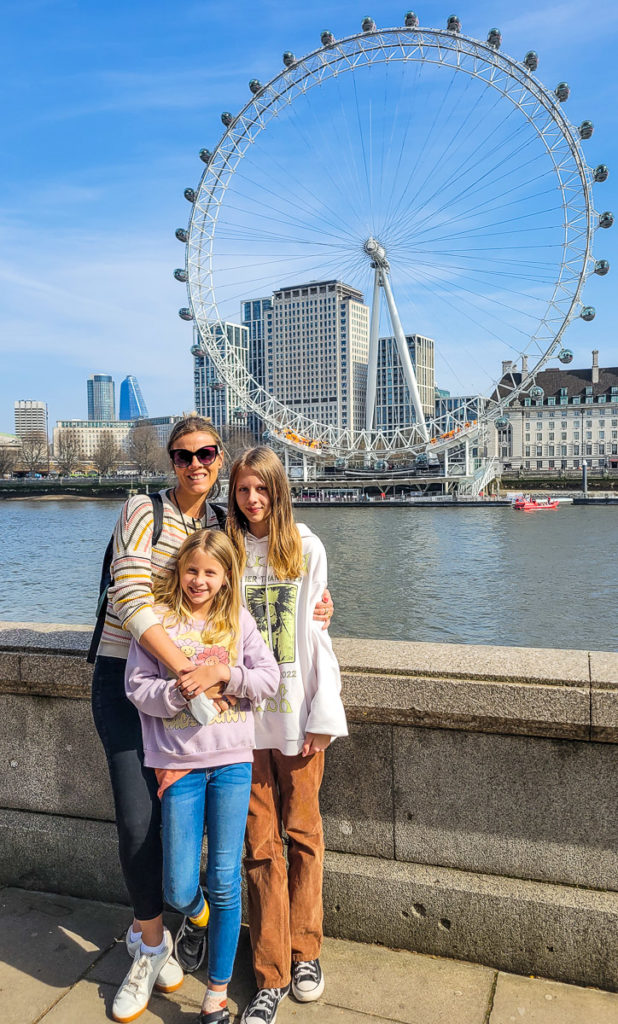
Feel like you’re trapped in a box? I get it. I find booking things in advance, especially tours and attractions, very stressful.
I mean how do I know how long I’m going to need in each city? I may find a great coffee shop I want to linger in longer, or a cute cobblestone street to wander down, or a park to hang out in.
BUT travel no longer has the same freedom and spontaneity of twenty-five years ago when you could just show up and figure it out along the way.
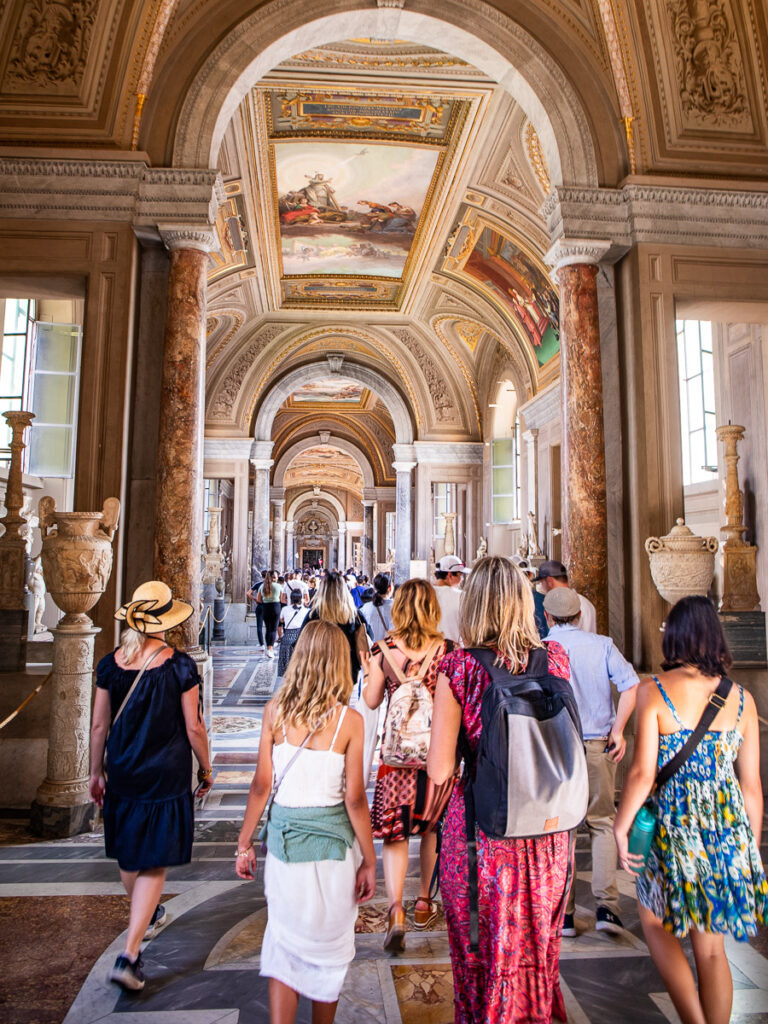
For Europe, especially in the summer, if you don’t book in advance (and sometimes far in advance) you will miss out.
We booked our flights three months in advance, or accommodation not long after, and our tours and attractions at least a month in advance.
That was even too late for some tours and attractions like the Eiffel Tower (we missed out on third floor tickets), a boat tour of Venice, the dome climb of St Peter’s Basilica in the Vatican, and the dome climb of the Duomo in Florence.
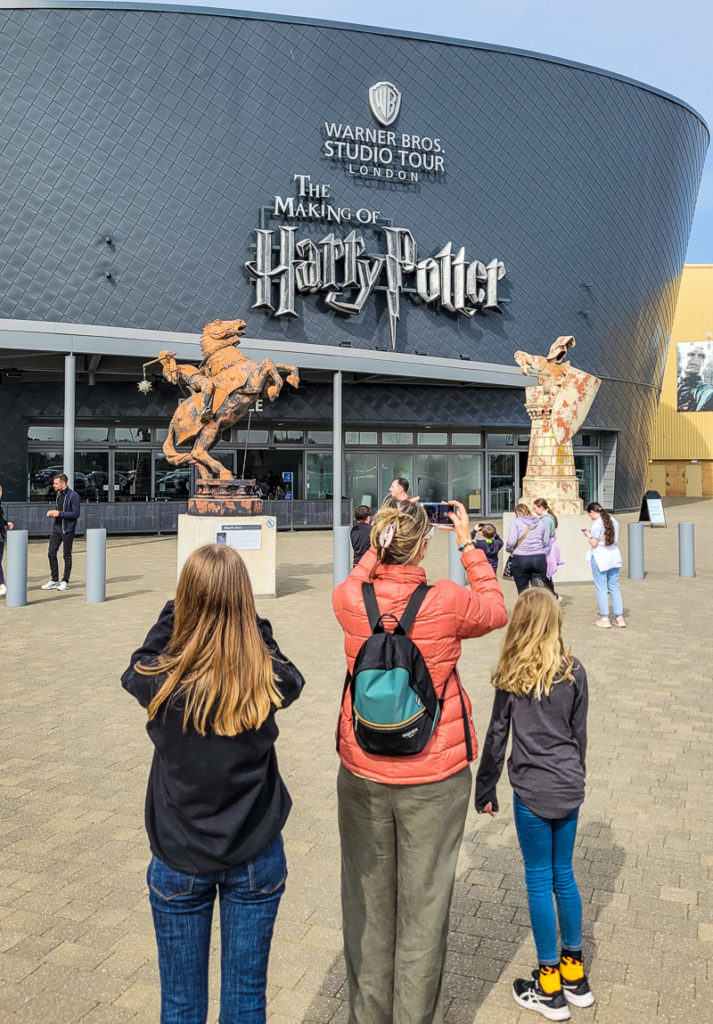
Most tours and hotels do offer free cancelation up to 24 hours in advance, so if you do feel like doing something spontaneous, there is always an option to cancel and try to rebook for another day.
Don’t forget to make a note of free attractions to visit too, such as the Trevi Fountain in Rome or the Arc de Triomphe in Paris.
Always double check your bookings. You can read how we nearly missed out on our Cinque Terre Boat Trip. Luckily, I found available spaces for the next day and could book on the spot.
7. Be Realistic About What You Can Do

Trust me, I can easily overbook and overextend ourselves. I want to do it all. Especially if it’s a dream trip, you’re traveling a long distance to get there, and you’ve invested a lot of resources.
But you can’t do it all. Our planning tips below will help you narrow it down to just those destinations and experiences you’d regret not doing.
We’ve been traveling for 25 years (mostly nomadic) and with two children, there is not much we haven’t seen and done, so we’re only choosing experiences unique to the destination that tell a great story you’re interested in and will give us rich memories.
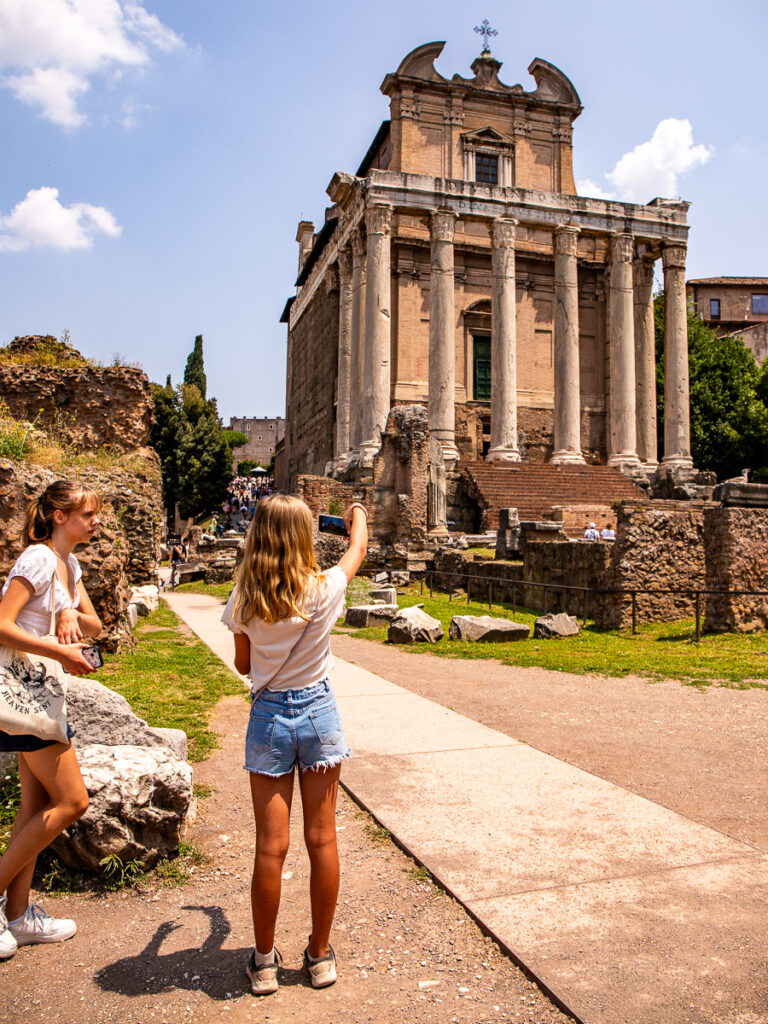
I mean, we didn’t even go to the Louvre – vetoed by everyone. Three visits to Paris now and I still haven’t been, only on the outside for a photo. But, for you, it may be an attraction you will love. But I did finally make it to the top of the Arc de Triomphe on this visit and loved it!
After a week in Europe, you may start to get tired of cathedrals and castles, so only plan for the very best. That leaves more time to do other fun things like cooking classes!
8. Where Possible, Try to Reduce Travel Time
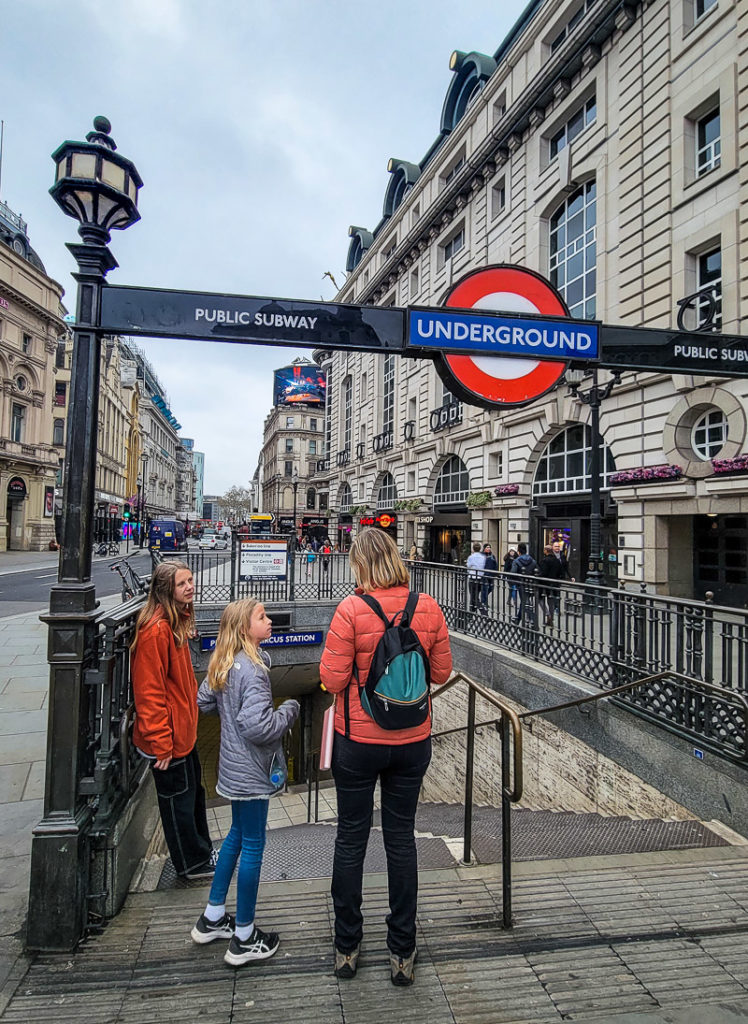
As mentioned, there is so much to see and do in Europe, it’s hard to narrow it down to a few destinations. One great thing about traveling in Europe is you can visit multiple countries in one trip.
We visited seven countries in four weeks, and Craig and Savannah did eight, with a day trip to Cesky Krumlov in Czech Republic on our river cruise. Savannah is a country counter and was thrilled to get that many checked off!
One planning principle to help you is reducing your travel time (flights, trains, driving) as much as possible, especially if you have a shorter time.
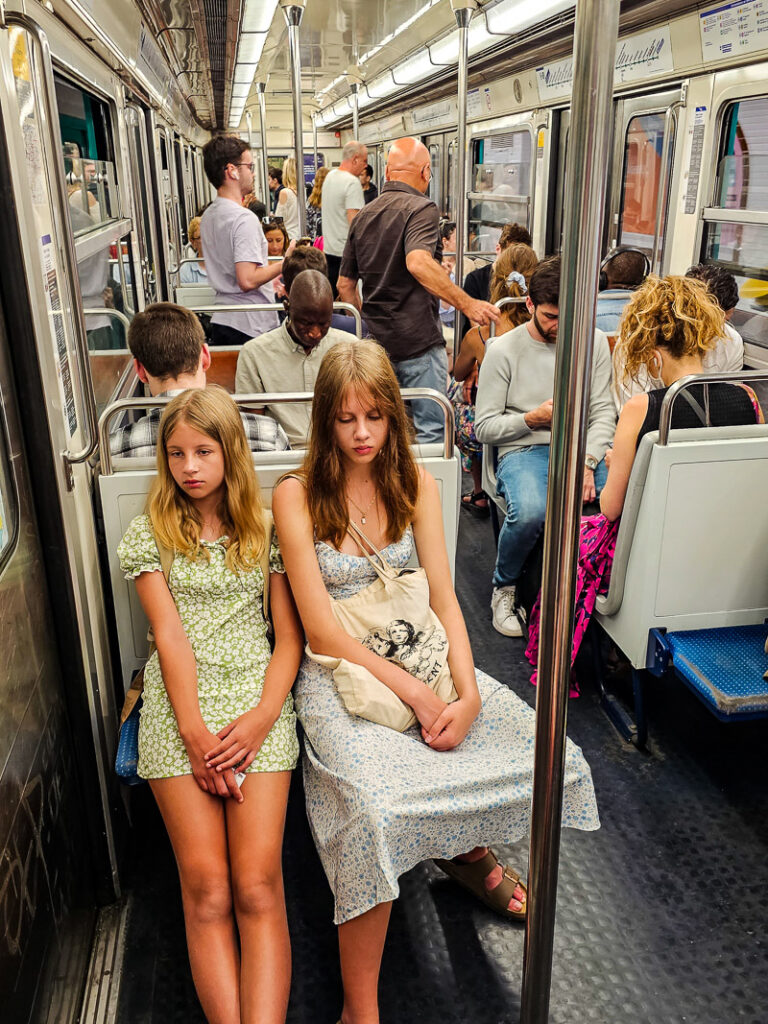
Originally, I wanted to visit France, Italy, and Greece. I soon realized it was too much travel time and since Greece was the furthest away, we cut that (hopefully next year, but I was in the Peloponnese only the month before!).
I also had several destinations in France and Italy I wanted to visit and they were soon deleted.
We also planned to visit either Munich, Berlin, or Amsterdam after we alighted from our river cruise in Budapest, but after a bit of research, we realized it was going to involve too much flying and greater expense.
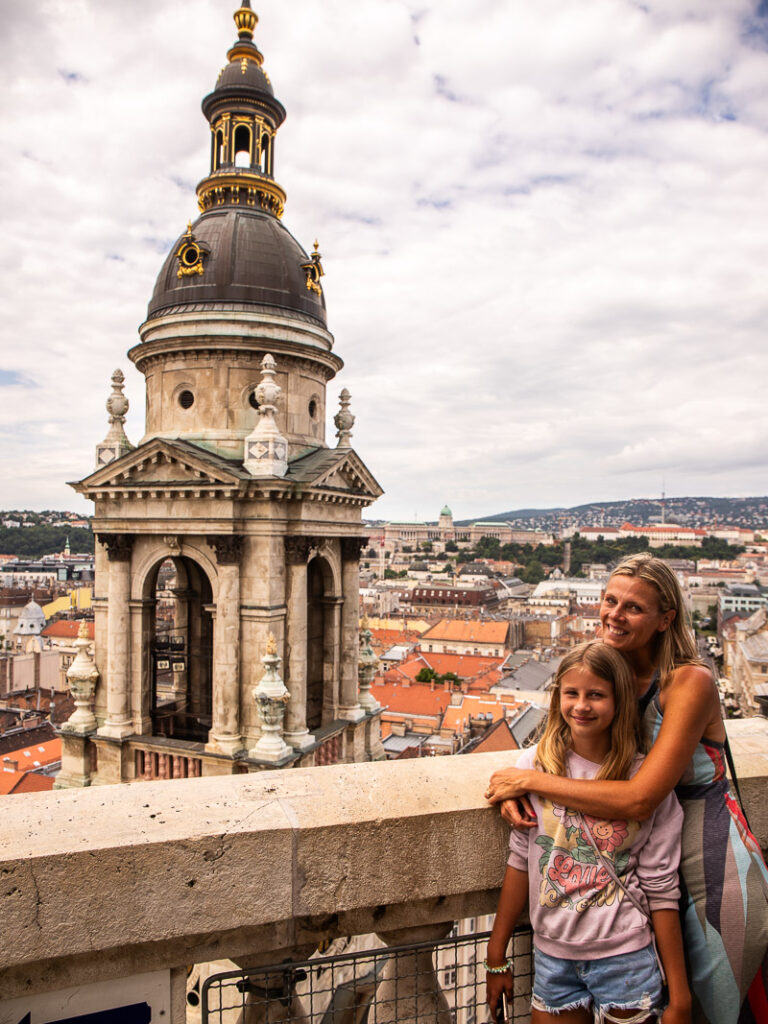
So, we decided to fly from Budapest directly to Paris, where our flight back to the US was leaving from. We hired a car from Charles de Gaulle airport to explore the Loire Valley for three days.
BUT hindsight tells us that was a massive mistake. We’ll share with you in our post on things to know before visiting Paris, that traffic in Paris is a complete NIGHTMARE and it took us HOURS just to get out of the city!
So maybe choosing Amsterdam may have been better. And in hindsight, we would have dropped France, flew into Rome, and spent extra that extra time in Italy.
9. Plan For Quieter Destinations In Between Busy Ones
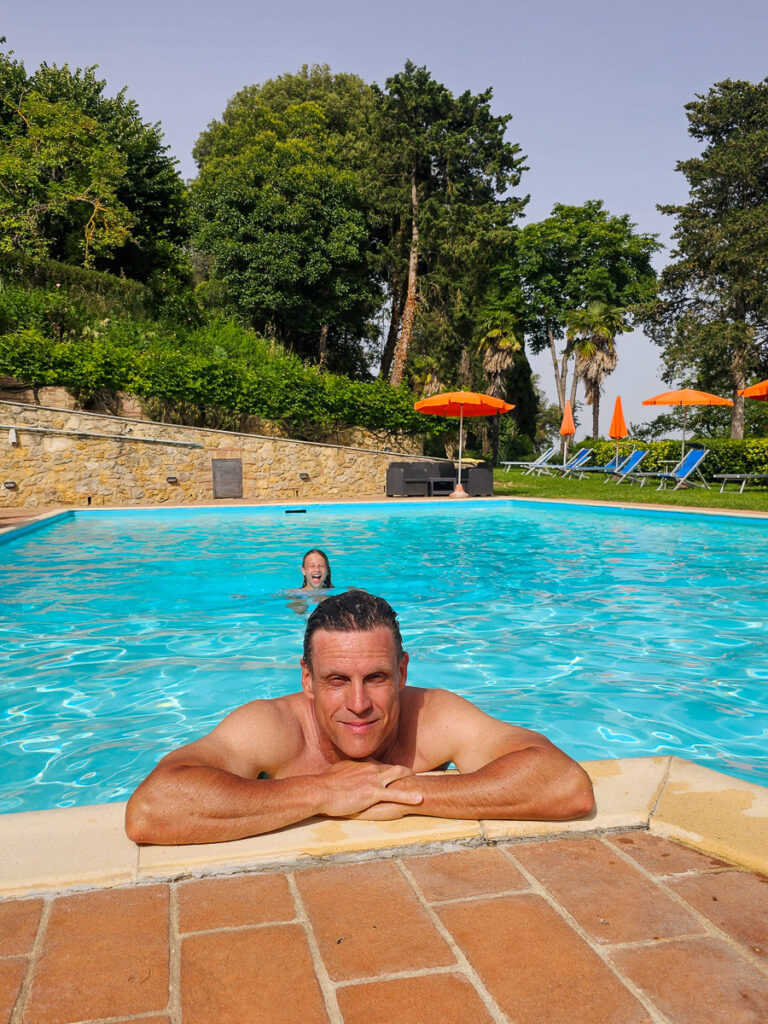
We really enjoyed our two-night stay at a Tuscan farmhouse after a hectic week exploring Paris and Rome on foot.
This break from walking 25K steps per day and a quieter experience was much needed. Same with visiting Cinque Terre and Verona in between Florence and Venice. And then our river cruise was even more relaxing.
The kids will need these slower times. Europe can be hectic with its busy cities, endless attractions, and ancient history to absorb.
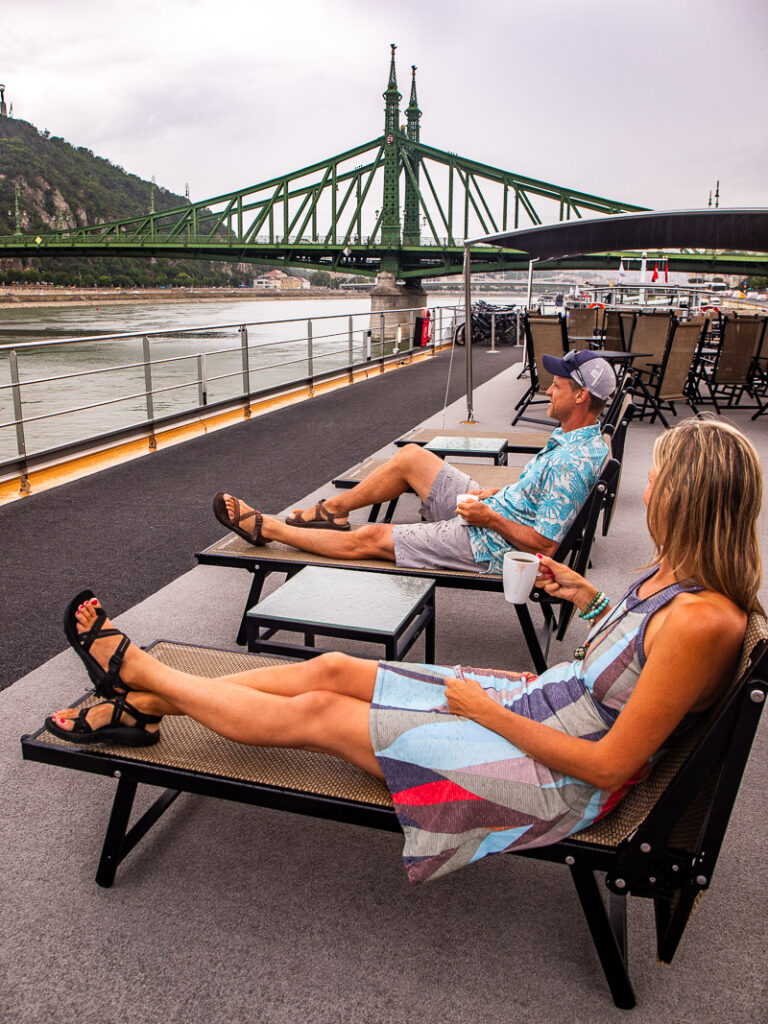
Sometimes you just need to visit a quiet sunny destination in Europe that offers a simple life. We enjoyed a cooking class and a glass of incredible Sangiovese with hundreds of sparrows flying over the beautiful Tuscan countryside.
10. Consider a River Cruise or Multi-Day Tour
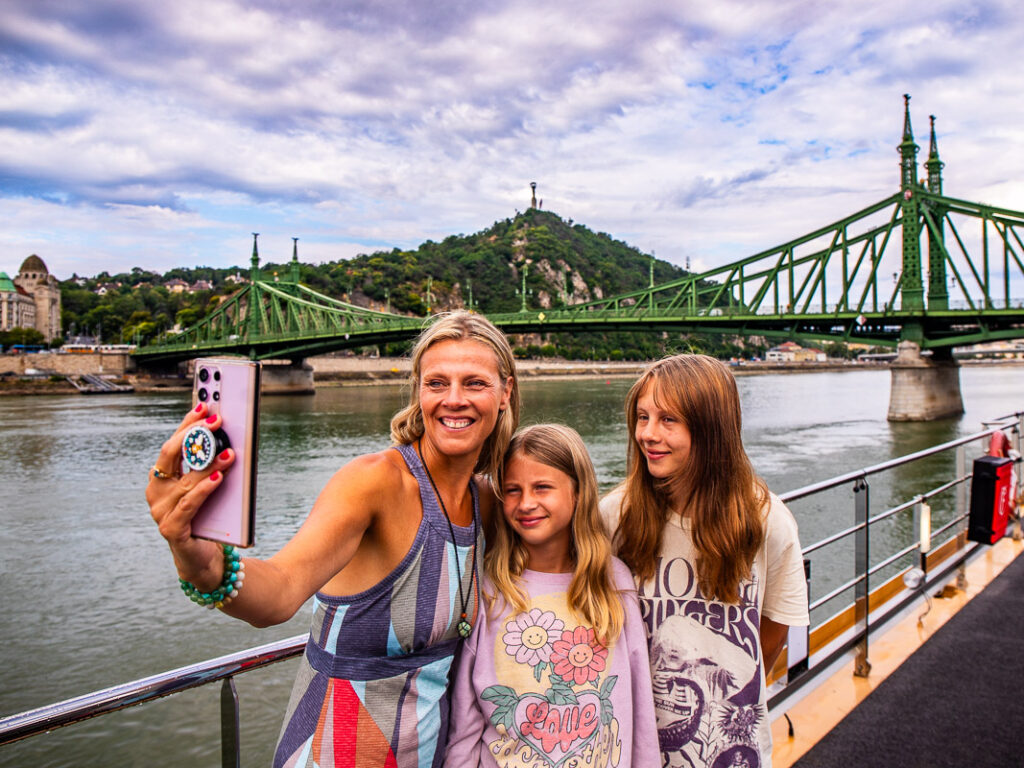
As mentioned, we joined an 8-Day Danube River cruise with Avalon Waterways (paid partner) which vastly reduced our stress levels. A tour such as this, or any guided tour, is a fantastic idea for families.
A vacation is a time to escape the daily grind, but it’s hard to do that when you’re still responsible for EVERYTHING from planning, booking, to the day-to-day running of the vacation.
Our family river cruise was bliss because we could unpack as soon as we arrived and just show up to the scheduled tours and activities for the day and enjoy it.
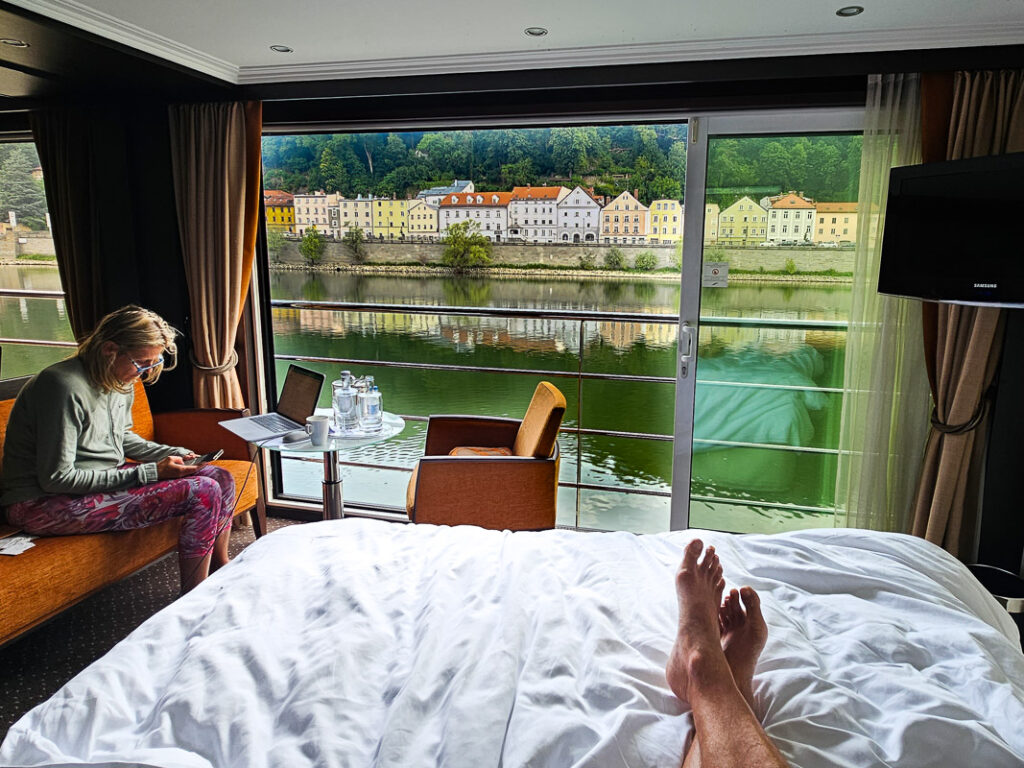
We rarely had to take out our wallets as everything was included, and the BEST thing of all was all our meals with complimentary drinks were included.
One of the hardest parts of travel for us is finding places to eat that suit our dietary requirements, fussy taste buds, and budgets. I HATE it! We never went hungry on the cruise; the food was incredible and filled with regional dishes and wine, so we did not miss out on trying local foods.
We have the following posts that dive more into that…why we loved our European river cruise with kids and 9 reasons we loved sailing with Avalon Waterways and our 8 Day itinerary guide for our Danube River cruise.
11. Check your Passports are Valid
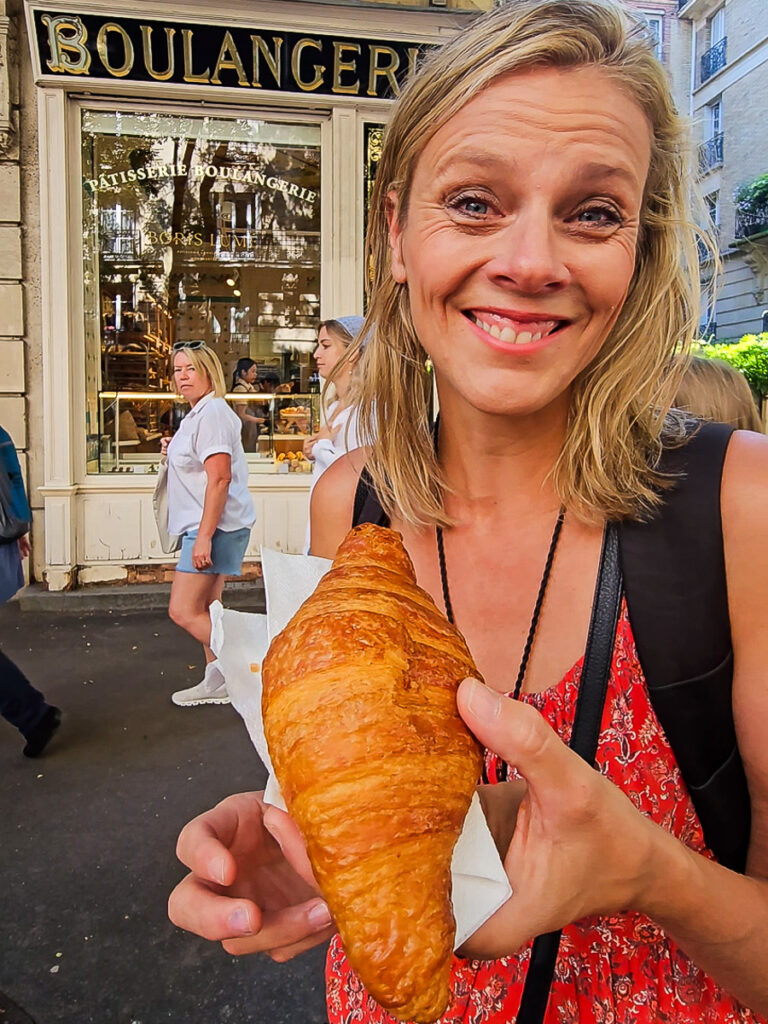
We’ve all been there. We’ve booked a trip, got everything planned, and then you realize your passport expires in four months’ time.
To travel to Europe, your passport needs to have at least six months validity and have at least two empty pages for visa stamps!
Make sure you check this before booking anything, especially flights, as sometimes you need to insert your passport number in the booking stage.
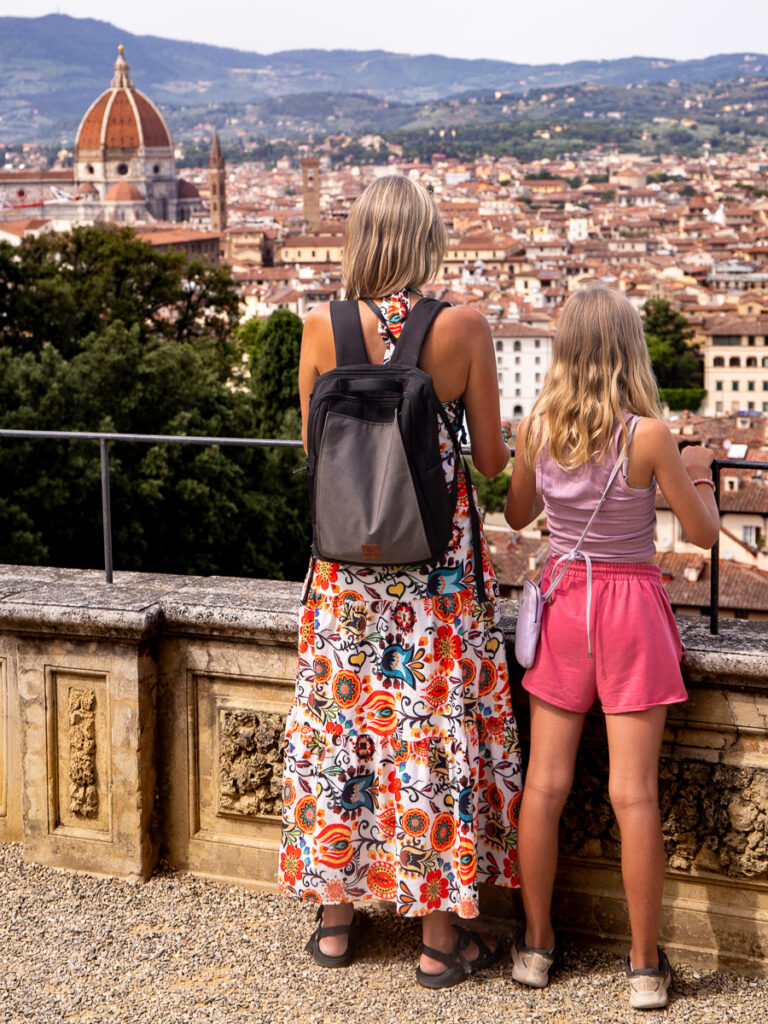
IMPORTANT: there are serious passport approval delays. Give yourself plenty of time to organize a new or replacement passport. My friend almost had to cancel her Europe trip because of delays. She spent hours on the phone trying to get it expediated in time, and almost had to fly to Hawaii for an appointment. That is some detour to Europe from the East Coast!
How to Plan your trip to Europe with Kids (The Strategy)
There are many moving pieces to the puzzle when planning your trip to a destination like Europe, especially if you are visiting during peak travel times.
Below is how we plan a family vacation to make it all fit together using a few simple tools, mostly Microsoft Word or Google Docs.
Here is my strategy for planning a trip to Europe…
1. Write A Bucket List Of Experiences And Destinations
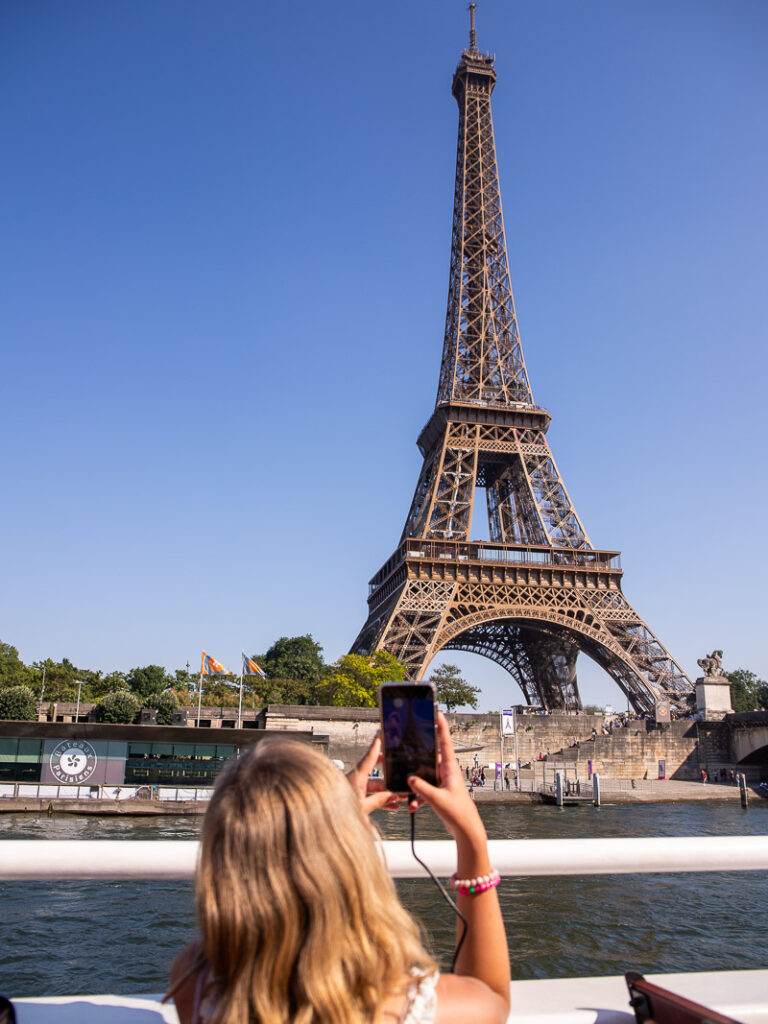
Why do you really want to go to Europe with kids? What do you have a burning desire to see and do?
Write out your bucket list of places. Go through and check the non-negotiable. For us it was Paris, Rome, Tuscany, and Cinque Terre. So, we planned our trip around those places. We included Paris as we were flying in and out of there.
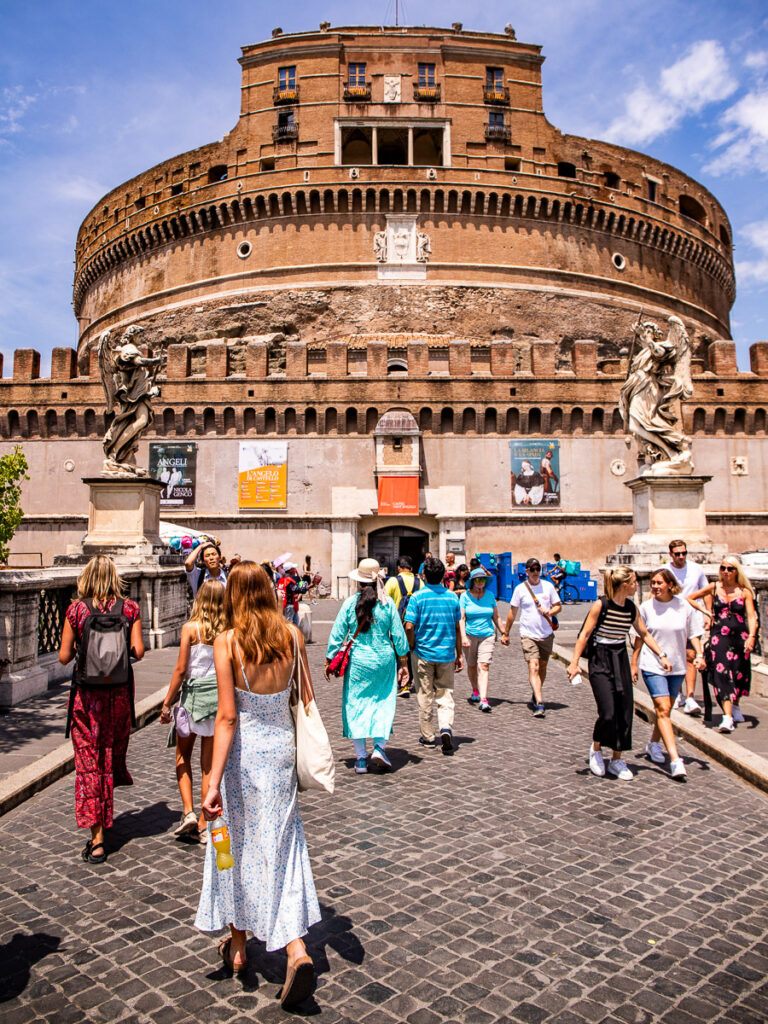
In hindsight, we could have dropped France and spent more time in Italy, but Craig and the girls had never been, and we have direct 8-hour flights from Raleigh to Paris, however, we ended flying via Newark in New Jersey as they were $500 cheaper per person, a $2,000 saving for our family of four and we’d rather use that money in the destination (another tip).
Really, anywhere in Europe is great for kids, but here are our top suggestions for family friendly destinations in Europe: Italy, France, Greece, the UK, Spain, and Portugal.
2. Map It Out
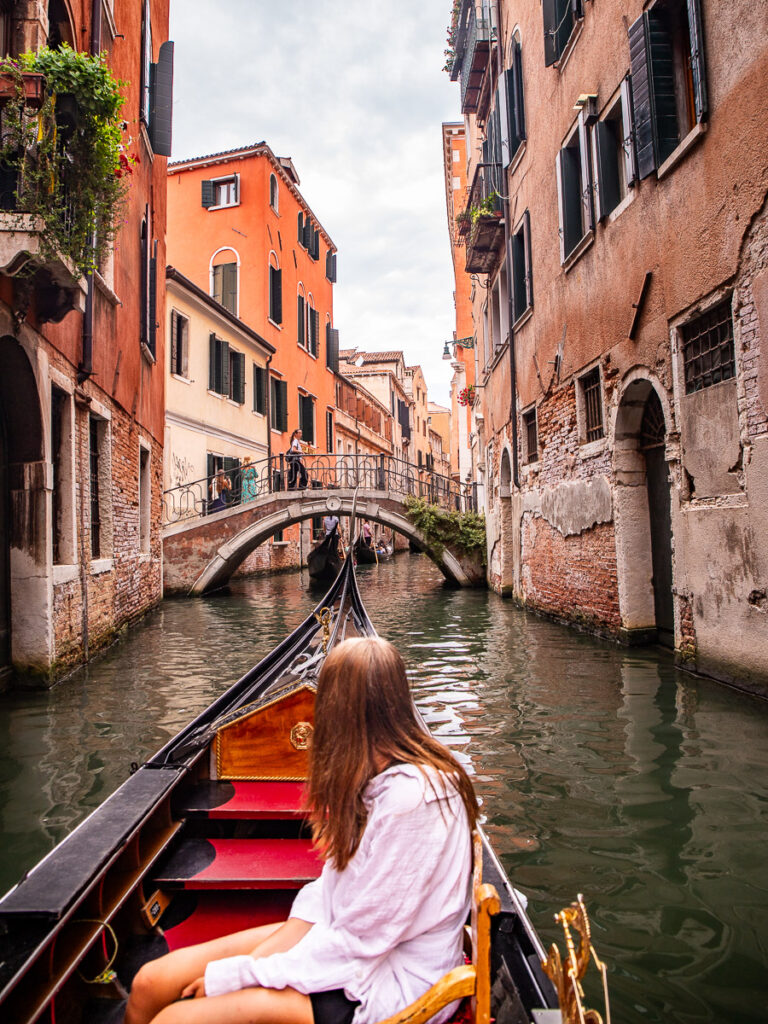
This is the most important step for travel planning for me. Nothing makes sense until it’s plotted on a map (Google Maps is usually sufficient for this). Then I can easily see how to make things work.
I start with a general overview map. So, for our European trip, it started with a map of Europe, plotting the places we wanted to visit. Then I could see how easy or hard it was to get between each, and what may have to go or stay.
Once I have a good idea on where we’ll go, I’ll create a new map for each region, and destination with all points of interest plotted.
I’ll add to this map as I go and eventually my city map will have all points of interest, restaurants, coffee, gelato, etc. mapped out.
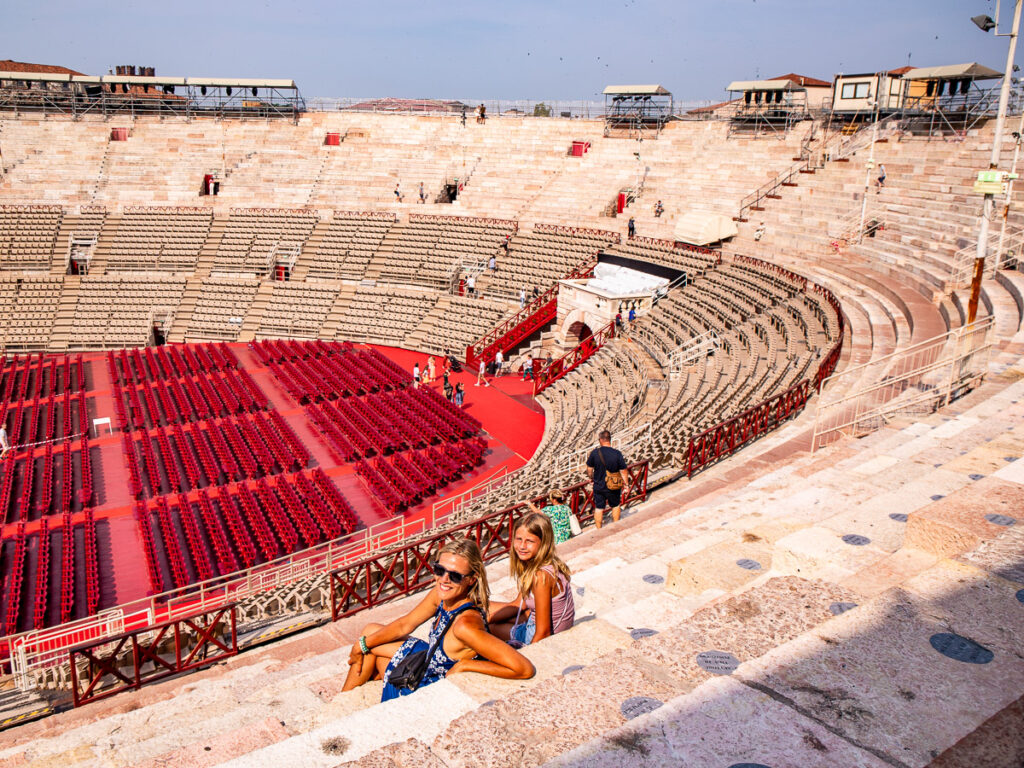
I’ll then start plotting out routes so I can see how long it will take to get between places, how to arrange each day so we’re not moving too much between attractions, and where I can find places to eat in each one.
I use Google My Places for this. It’s a very effective travel planning tool. However, it was not as great when using it on the ground in Europe, especially if I did not have an internet connection.
As I couldn’t pull up my plotted routes are places pinned on the map, I’m looking for an alternative map solution that enables me to do that.
3. Create a Spreadsheet
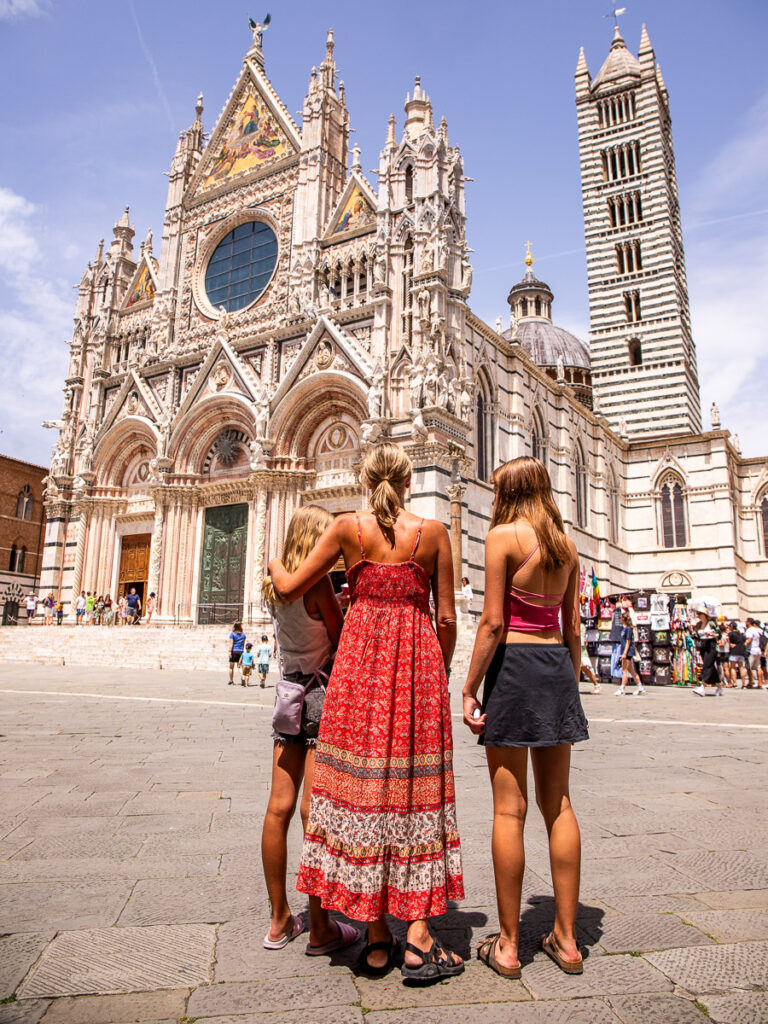
While I’m creating a map, I’m also creating a spreadsheet which has my rough schedule laid out and intended stops for each, costs for attractions vs city passes, opening times etc.
Like the map, I do it as a general European trip overview, then have sheets for each destination.
As Europe is so complex, it’s a good idea to include this step as it can get very confusing as to what you’re booking where, and you will forget! I messed up several times even with the spreadsheet.
4. Create an Itinerary Guide

In between the spreadsheet and this step of my European planning, I am booking in accommodation, transport, and attractions and adding confirmation numbers to my spreadsheet.
I then start planning out each day of the Europe trip planner in a Word / Google Drive doc (choose your poison), where I lay it out time by time. I find this easier for me to follow than putting it in the spreadsheet, but you could do that instead.
Ok, so, you may be booking things in alongside the planning steps above as what you book in will guide your itinerary. Here are some of our itineraries for you: Paris in 4 Days; 2 Weeks in Italy: Rome to Venice; One day in Venice; one day in Cinque Terre, 3 days in London and 7 days in London itinerary
5. Book Flights To and Within Europe
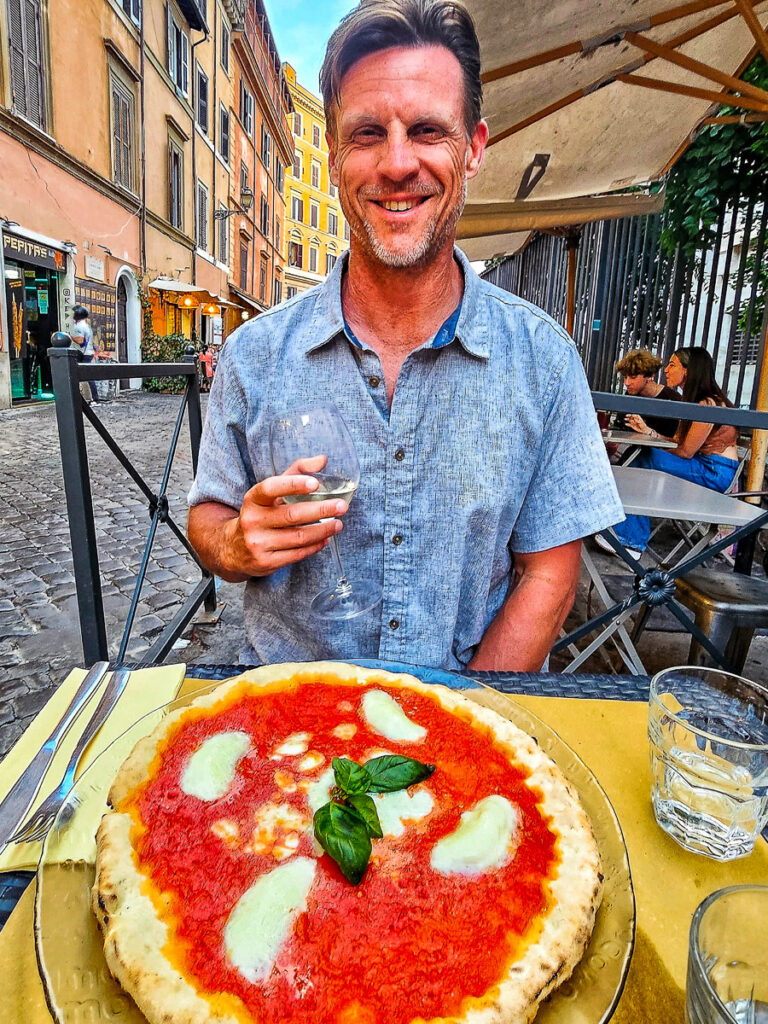
We have an in-depth guide sharing tips for finding cheap flights here, but here are some of our best tips for booking flights:
- Search for the cheapest (or easiest) flight to the continent and start your itinerary there. London, Amsterdam, Paris, or Frankfurt are usually the best ports of entry from the US.
- If you are transferring to another flight at the point of entry, leave plenty of time to get through immigration. Once you clear immigration in your arrival airport, you won’t have to again if you are flying within Schengen countries in Europe. It’s more like a domestic flight.
- Be prepared for possible flight delays or changes, especially on budget airlines. Our early morning flight from Paris to Rome was delayed by three hours, which was annoying. It reduced our time in Rome by almost half a day, and we were already only there for three nights.
- You may want to look at alternate airports. We flew to Rome via Orly Airport in Paris, which was smaller and much easier to get to. Flying from Verona to Munich was also easier and cheaper than from Venice.
Avoid Overnight Flights (if you can)
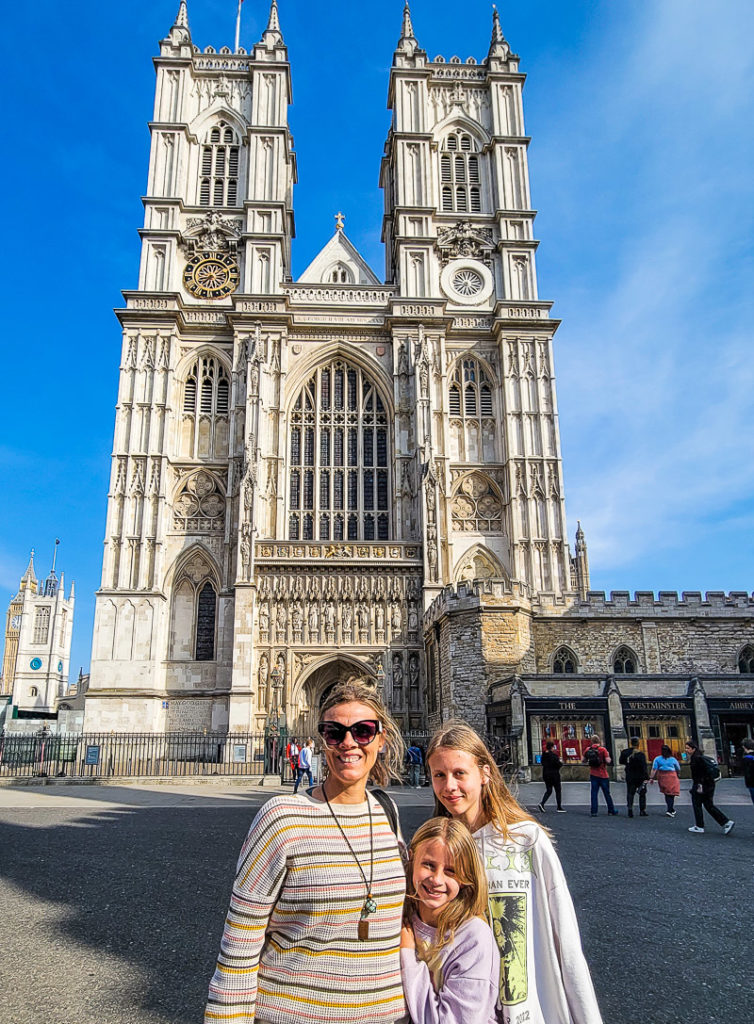
This one deserves its own section! Avoiding overnight flights to Europe is hard if coming from the US as most flight options are timed to arrive in Europe early in the morning, after only 6-8 hours of flying time if coming from the East Coast.
When you factor in the dinner and breakfast service, you’re looking at a max of 3-4 hours uninterrupted. That is not enough time for a decent sleep. The first day in Europe can be brutal, especially with kids, if you all get ZERO sleep!
I also don’t recommend napping when you arrive at your destination. It is best to switch over to the local time and sleep when they do. Otherwise, it will make the jet lag worse.
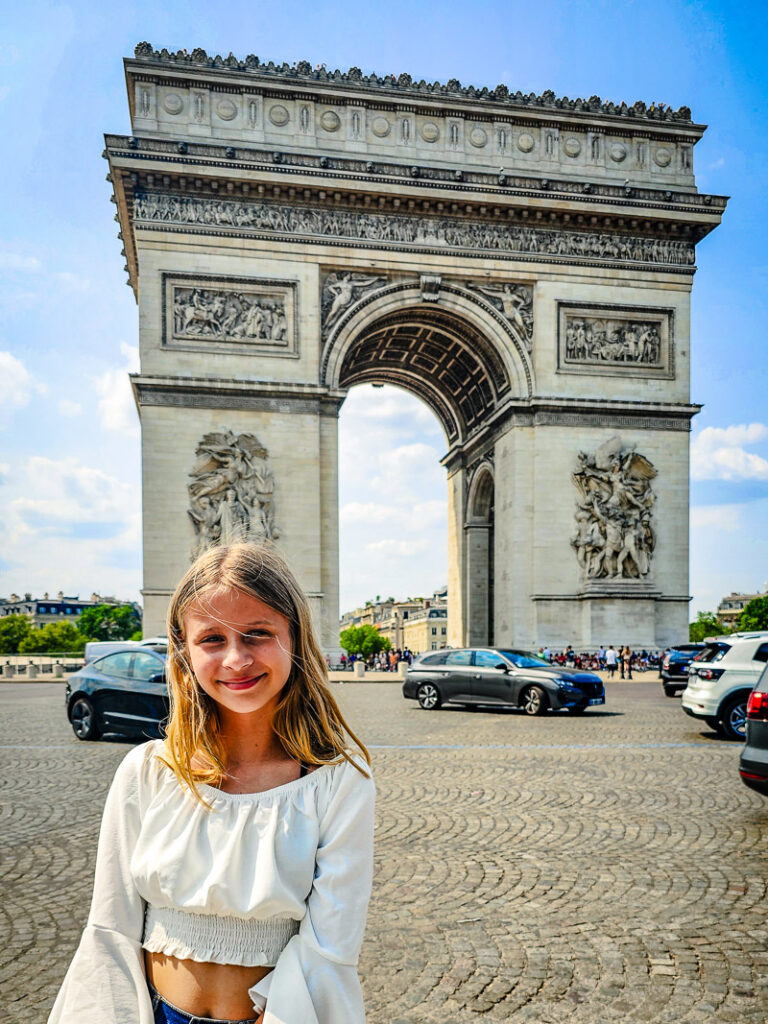
It’s a bit of a Catch 22, as you’ll stay awake for over 24 hours and be a zombie on your first day, and be tired for the following days, but at least you’ll slip into a proper sleeping habit.
OR, you can take a nap, and then mess up your sleeping time and be wide awake when you should be sleeping etc.
With younger kids, it doesn’t tend to matter much, as they are napping anyways. Put them in the stroller as you explore on the first day so at least they can nap and won’t lose their minds.
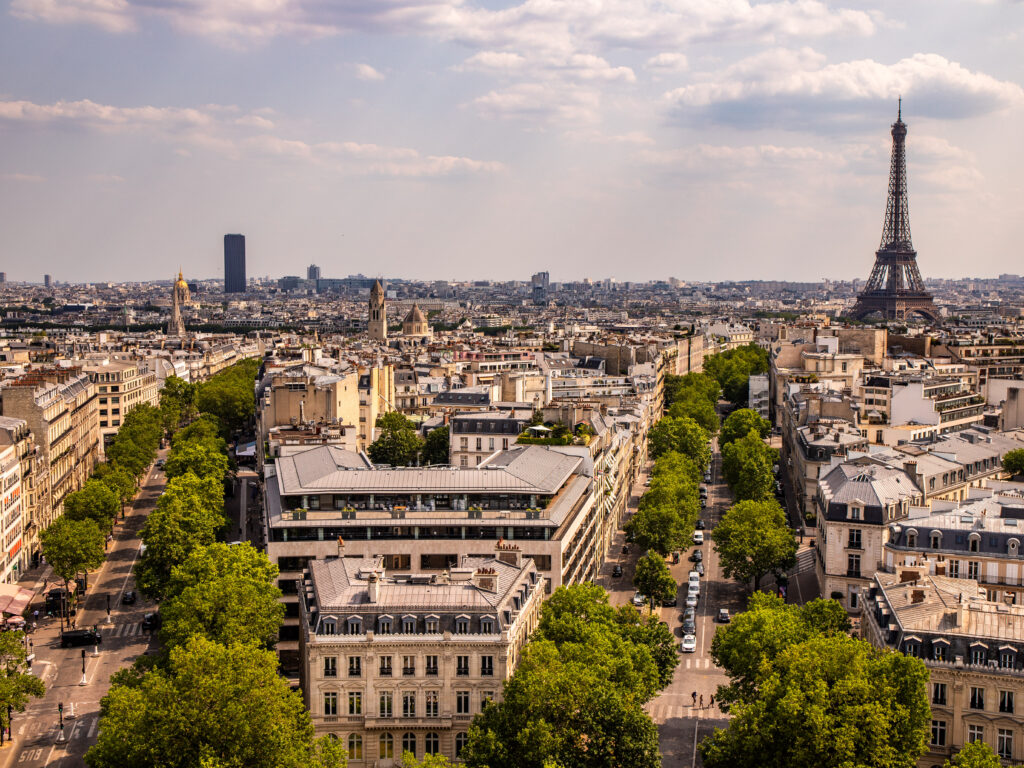
If you can find a flight where you arrive in the afternoon, that will be optimal. Make your first day an easy one. Paris was probably not the best choice for our first stop, as it’s a big and hectic city that requires a lot of energy. We were complete zombies for the first few days which seriously impacted our enjoyment of it!
For those that say flying overnight means you don’t miss out on any travel days, if you get ZERO sleep and feel like crap and don’t enjoy the first few days anyways, it kinda defeats the purpose!
6. Book Accommodation
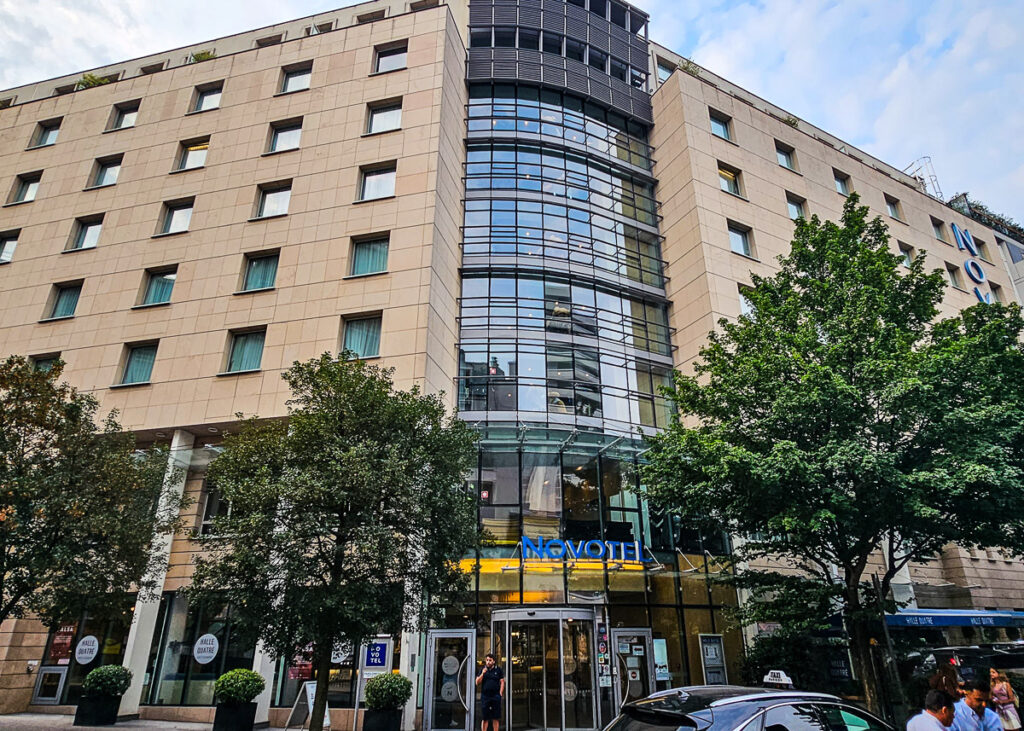
Here is an in-depth guide on finding family friendly accommodation in Europe. But below are some of our best tips for finding accommodation.
- Vacation rentals are typically more conducive to longer stays, while hotels are ideal if you only have a few days in a destination and plan on eating out rather than using the amenities like kitchen and laundry (more on that below).
- How often are you going to be in your hotel? Probably not much, therefore a budget hotel or even family-friendly hostels will work perfectly.
- We use Booking.com (you get free cancellation up to a certain date) and Hotels.com (great for booking multiple stays as you get a 10th night free) and will check prices directly from the hotel website. We will also use VRBO. We don’t use Airbnb. We don’t like them and think the cleaning fees are extreme (especially if it’s a short stay). We tend to book most apartments now on Booking.com.
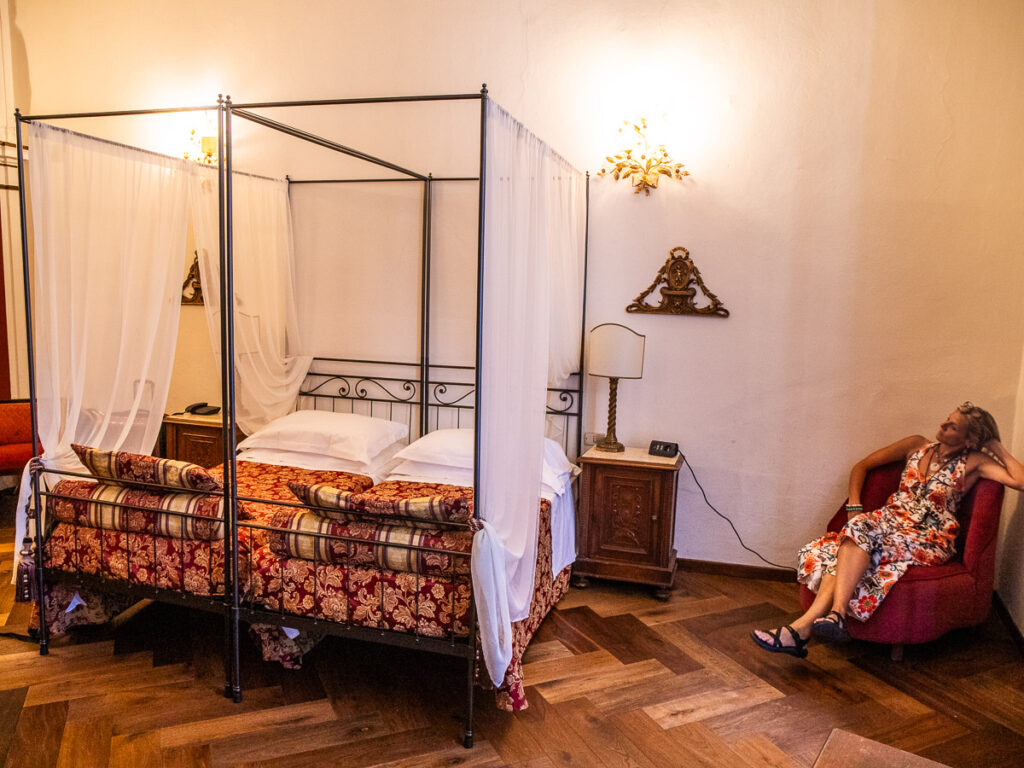
- Perhaps add in a splurge. We used points to book the Hotel Milano & Spa in Verona for its rooftop views of the Verona Arena. However, see next point below…
- Check the booking carefully, as when we arrived, we discovered we were not booked in that hotel, but their apartments an 8-minute walk away! They don’t have rooms to accommodate four people and we missed that detail when booking. Admittedly they did not make it obvious, we just thought we were booking a 4-person room that was an apartment in the building. It was still a great apartment, and we could use the hotel facilities including the rooftop bar, but it was not the splurge that we wanted and a waste of our points!
Things to Know about Accommodation in Europe
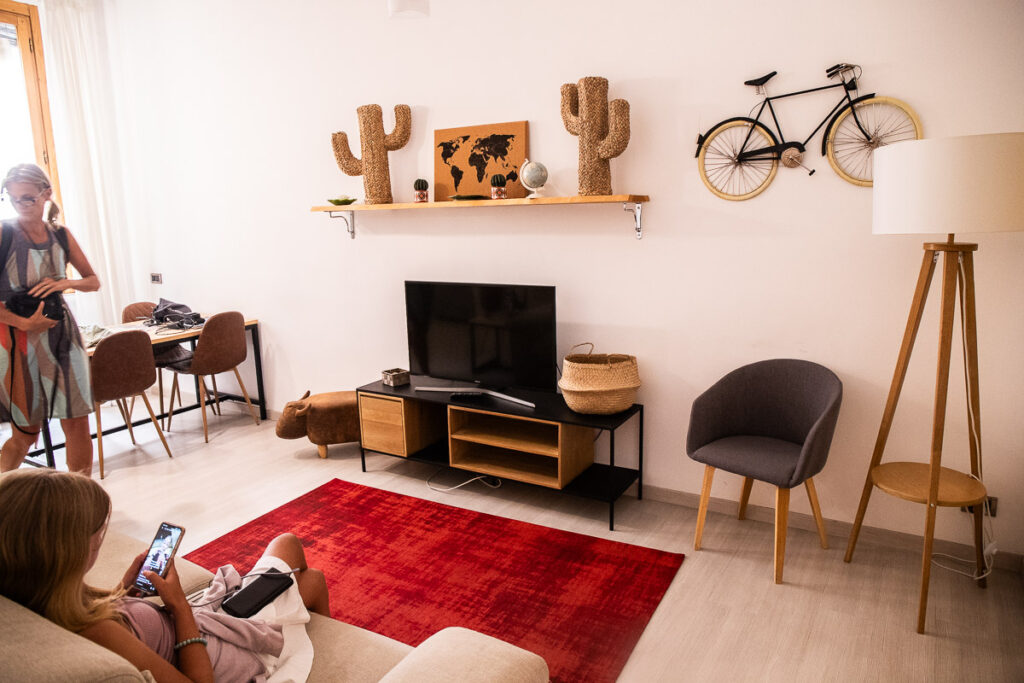
Before you start booking accommodation, here are just a few things you need to consider first:
- Accommodation is cheaper than in the USA, but typically you’ll find rooms are much smaller!
- It’s challenging to find family sized rooms. You may have to book one with a sofa bed, two rooms, or apartment rentals.
- Look for apartment rentals in more local neighborhoods. We loved our apartment in the Rome neighborhood of Trastevere. It really enhanced our experience in Rome, it was cheaper and easier to walk everywhere. As accommodation was hard to find in the Cinque Terre towns, we stayed in an apartment in La Spezia, which was only 10 minutes away by train.
- Book accommodation that is centrally located, preferably in walking distance of top attractions or city centers. This will reduce the cost and time involved getting around, which can be particularly cumbersome with kids (and more expensive)
- You won’t find as many American chains (wahoo, although not great for using points.) Using local hotels tells a better story anyway!
- You won’t have as many in-room amenities though like body lotion and coffee. Some will. The body lotion is generally a no!
- There won’t be a lot of elevators, so be prepared to carry luggage up stairs!
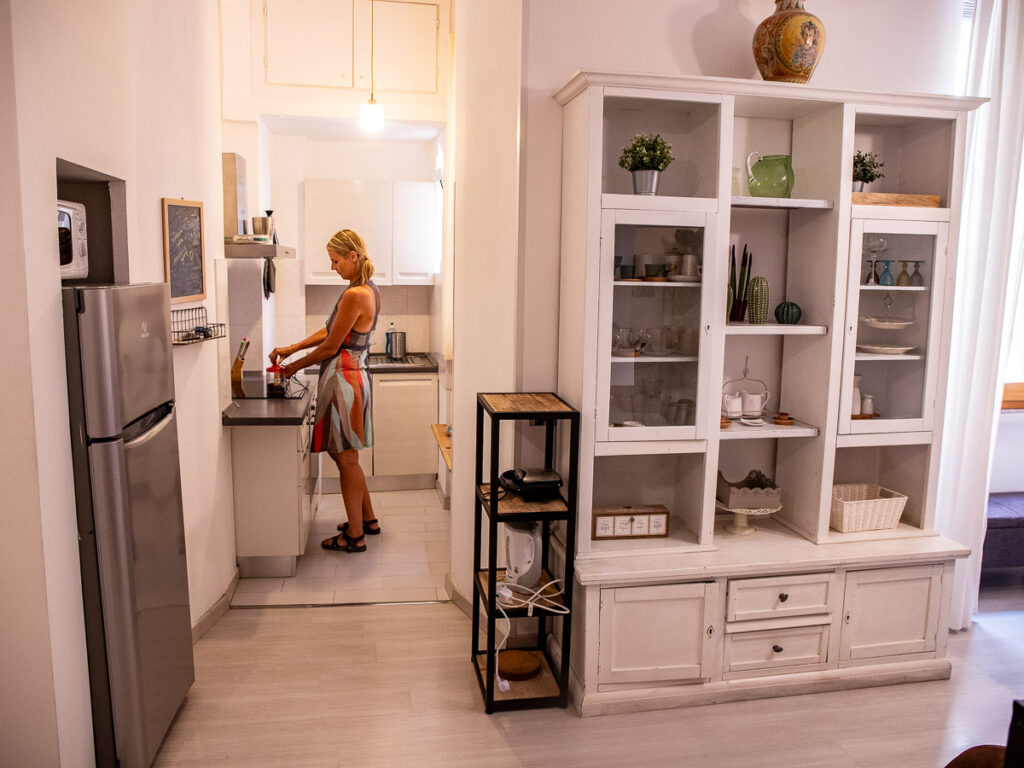
- If you have an apartment rental, and there is laundry, be prepared for dryers that don’t work or aren’t there. The washing machines can be confusing to work too with no English instructions, and ours had no laundry powder included!
- Not all will have parking options. There will be some valet parking at hotels for a higher price, street parking if you’re lucky, or paid parking garages. We had trouble finding parking for our apartment in La Spezia and took a gamble parking in what looked like a housing complex right near where our apartment owner told us there would be free parking. It ended up being okay, but as we were leaving, we were pulled over by a soldier and told we were in a military zone and could not be in there! We were so lucky!
- You will be charged a hotel city tax at the end of the stay. Some places will only take cash. They will generally forewarn you.
- Not many hotels will include breakfast – our Florence hotel did, and it was lovely. I don’t recommend you purchase it anyway, as you can get much cheaper breakfasts from a bakery or lacal cafe.
7. Book (or Plan) Transportation for Getting Around
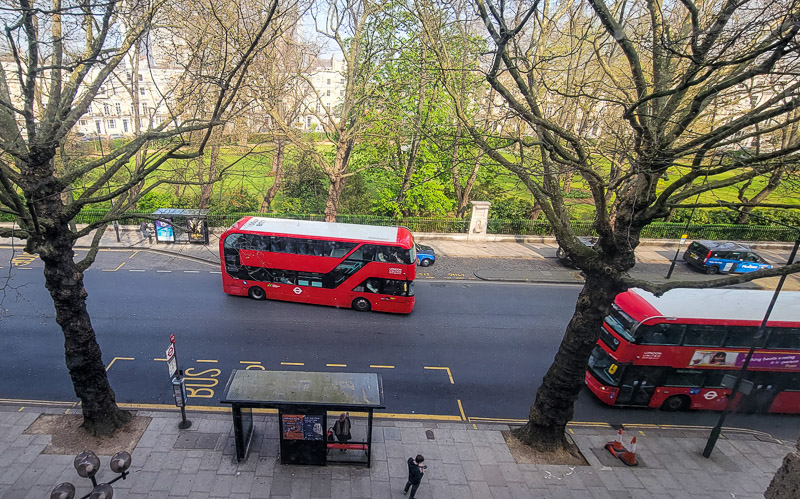
Once you have your main flights booked and your plan mapped out for destinations you’ll visit and how long you’ll spend on each one, it’s time to book in other transportation, or plan how you are going to get around. That is trains, any other internal flights, buses, and car rental.
Do the math comparing all of them and decide which will be, not just cheaper, but most efficient in getting you to your destination.
It’s a tricky balance. If you have a shorter time, you may want to pay a little extra to get there faster!
Which is what we did with our car rental in Italy. We needed one for Tuscany and could have rented it just from Rome to Florence, as we didn’t really need it in the other destinations.
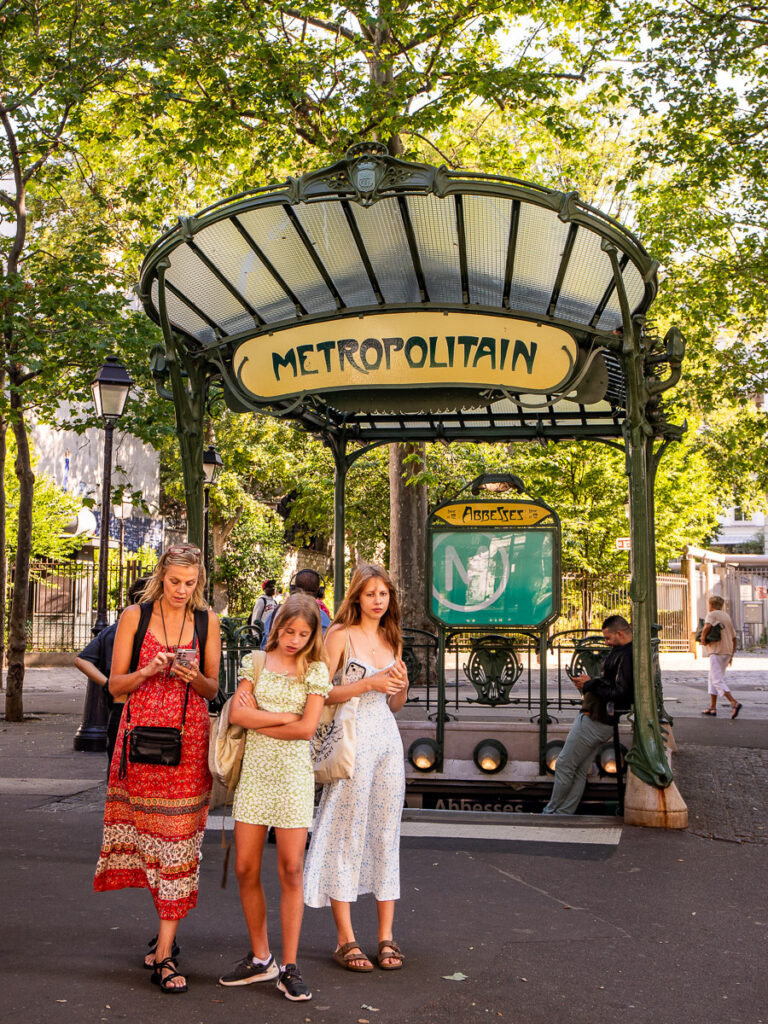
But after running the numbers for four of us on train tickets between three more destinations (and the time it would take) we figured it was better to keep the rental car and drop it off in Verona.
We did have to pay for parking in Florence, but it still worked out better. The biggest reason was it was quite time consuming to get from Cinque Terre to Verona as it involved two trains, one going backward into Milan. We were short of time and did not want to mess around with this extra hassle!
Car Rental Tips
As mentioned, renting a car can be a great idea to save on money and time and gain more flexibility especially if wanting to go off the beaten path. It’s easier for managing luggage.
Note: Fuel is more expensive in Europe though, so factor in those costs.
Who Can Drive in Europe?
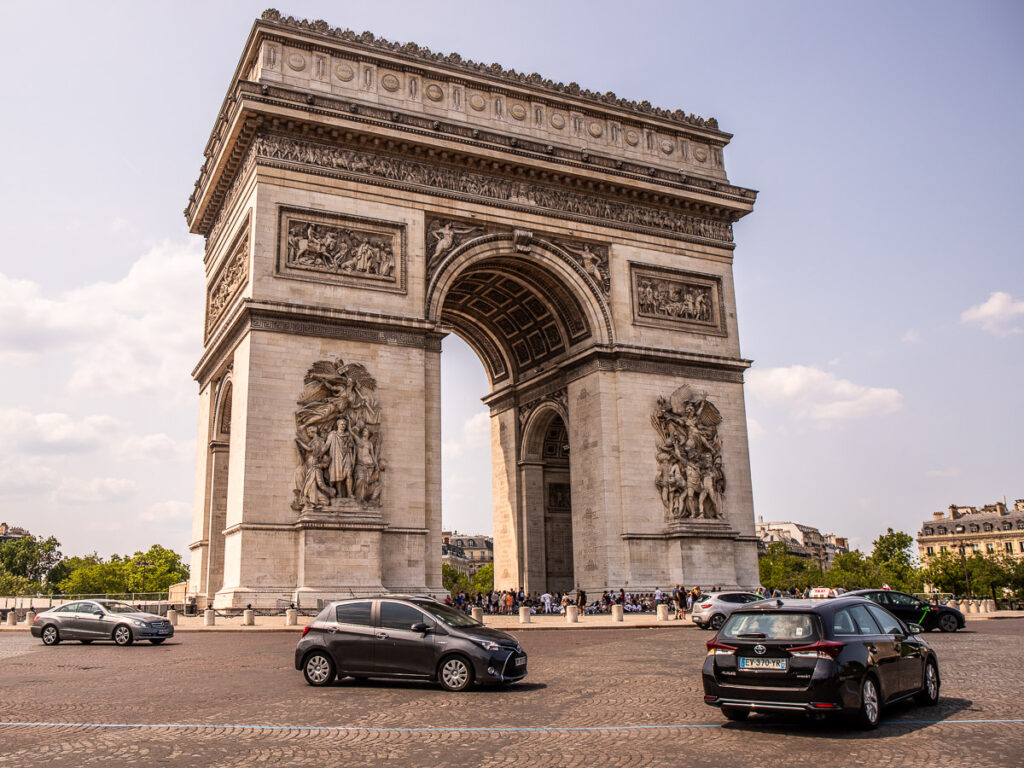
You typically won’t need an international driver’s license (but check on that as it varies from country to country) and I wouldn’t recommend driving if you don’t feel confident.
On continental Europe they drive on the right (same as in the USA). However, in the UK they drive on the left, same as in Australia.
The cheapest rental cars will be manual transmissions, which is what we booked as Craig was the driver and more confident with manuals.
Always book the car in the name of the person driving the car. I did not know this and booked the Rome car in my name. We then had to add Craig as an additional driver, which was a mistake that cost us €80 euro!
You should also search for cheap car rentals using comparison sites such as Discover Cars, as these sometimes throw out the best deals!
Watch Out for Additional Fees For Pick Up / Drop Off Locations
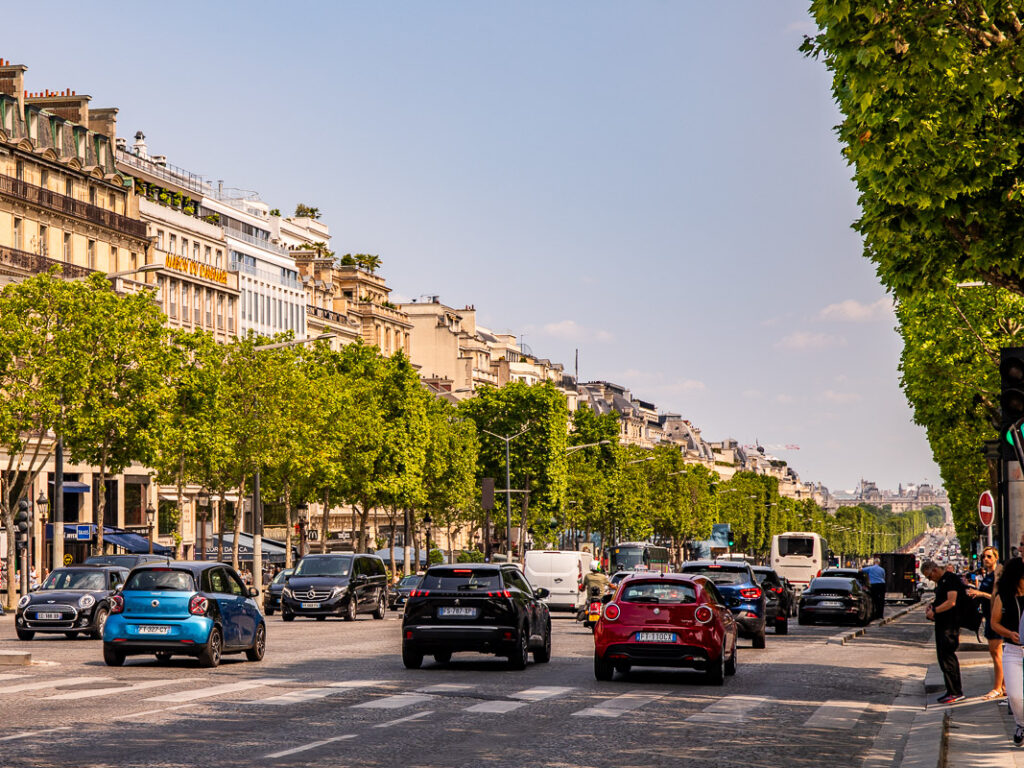
Watch for the pickup location. With Discover Cars you can select filters so only cars appear that are picked up from the airport.
I thought I did that, but when we arrived in Charles de Gaulle airport in Paris to pick up our car to go to the Loire Valley, we discovered the pickup was a 15-minute drive away.
And we had to wait 40-minutes for the shuttle driver we had to call upon arrival. That added even more time to our Loire Valley mistake!
Likewise, if you are dropping your car off at a different location, you often have to pay a “drop off” fee. It could be more cost effective for you to drive it back to the same car rental pick up point and get a train or bus to the next destination.
Book Cars that can be Canceled

Prices change often with car rentals so keep checking. And just like how we enjoy booking hotels with Booking.com as they can be cancelled for free up to a certain date, if we find a better deal or change dates we do the same with cars.
For our Loire Valley rental, I first looked at prices and they were €500 which I thought was expensive, so I waited. Bad mistake. Next time they were €750. I booked one just in case I knew I could cancel.
Craig and I came up with a strategy to book a smaller car and leave our luggage at Charles De Gaulle to save on costs, which worked.
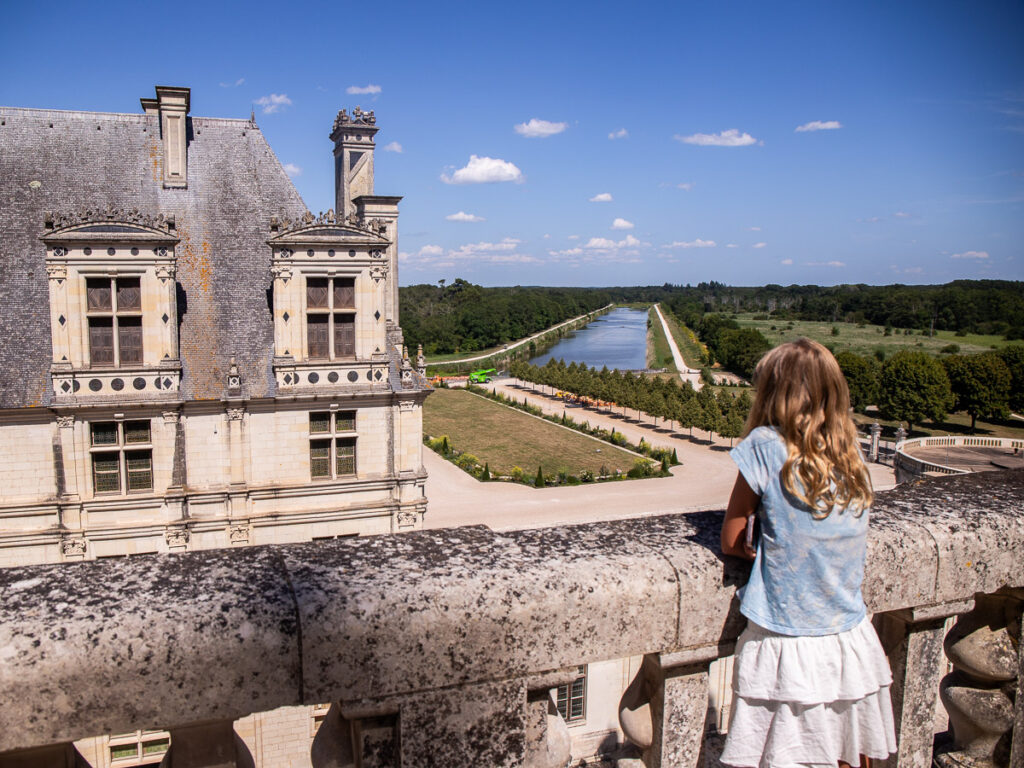
HOWEVER, the next time I checked Discover Cars and found a bigger car at only €400 I could easily cancel the rentalcars.com one and get this one.
Sigh, this is why we make mistakes, so you don’t have to.
Watch Luggage Space
European cars are small and the trunk space is tiny. It’s one reason we packed three carry-on bags for our European vacation. Also consider soft luggage versus hard-suitcases as they can fit in tighter spaces easier!
DiscoverCars.com has a handy feature that tells you how much luggage the car can take. You can also google the make and model and find the dimensions.
We had an issue with our Italian car rental, where we’d booked a car with a smaller trunk space. Discover Cars were excellent at getting on the phone and helping me change that looking to a bigger car and the same price.
Pick up at Train Stations
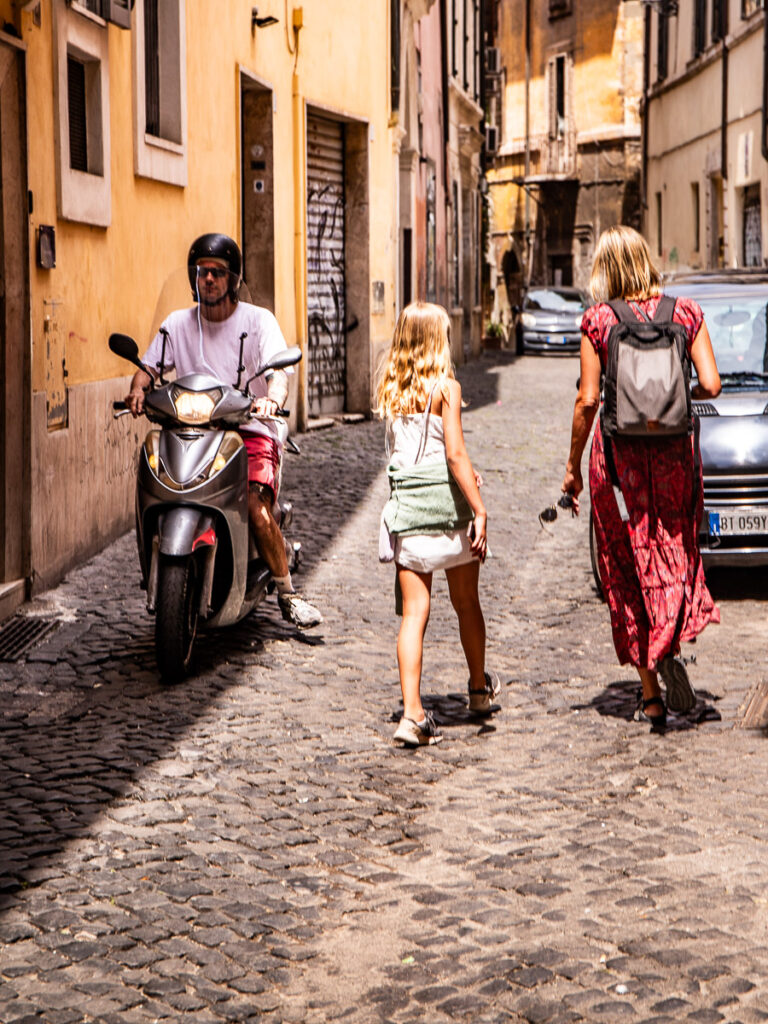
It might be easier to pick up a car rental from a train station. They tend to be cheaper at airports (which is perfect if flying in and out) but if you’re in the city, like we were in Rome, and need a rental, that’s a bad idea for the time it takes to get out of the airport and the cost of a taxi.
We picked up our Italian car rental from the Rome train station. Get there early though as it was busy and got worse once we picked up our car.
Watch for City Fees
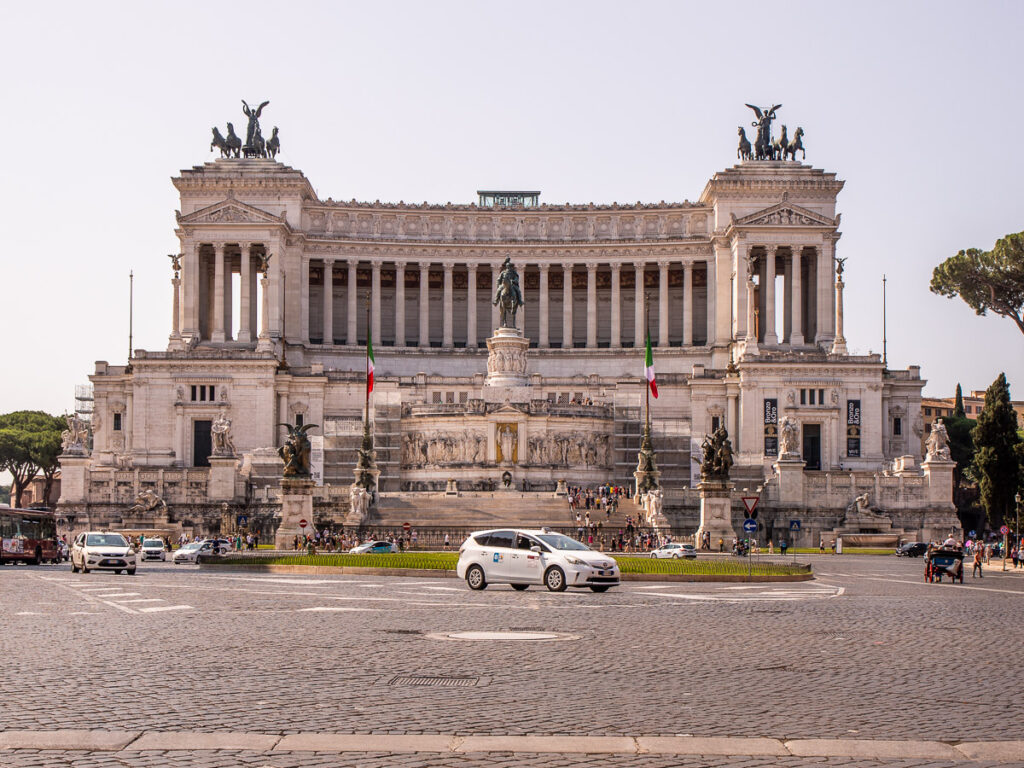
Europe is far more eco-conscious than the US. Some cities will have restrictions on driving in the city center and can charge hefty fees and taxes if you do. Research that before you book your rental. You mostly don’t want to drive in these city centers anyway as they are chaotic.
In May, I rented a car for my Peloponnese road trip and had to drive through the Athens city center – it was an adventure!
Public transport is so good in Europe you don’t need a car in the cities.
Trains in Europe
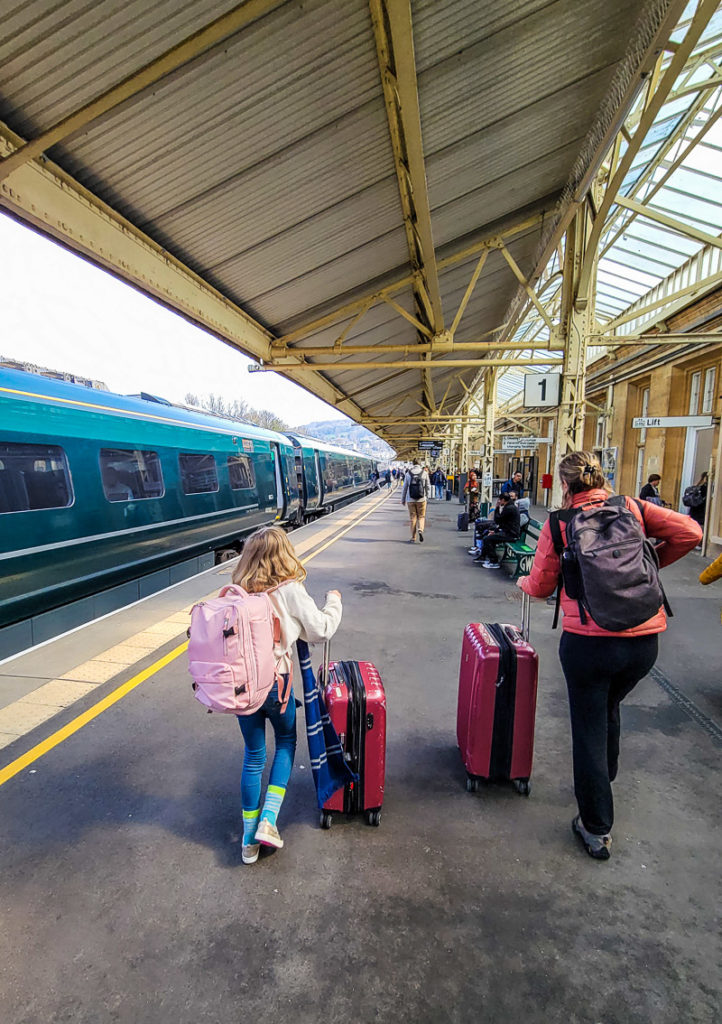
Getting around Europe on a train is easy, popular, and typically affordable.
We caught the train daily in and out of Cinque Terre from La Spezia and from Verona to Venice. As Venice is crazy busy, and you only really need a day there, we decided to stay in quieter Verona (which we like better) and catch the early morning train for the day.
You can use Omio or Trainline to book your tickets. The European rail passes are another option for multiple destinations. I’ve heard from others it’s not as good as it used to be but still might save you money. Check Rail Europe for price comparisons and easy booking.
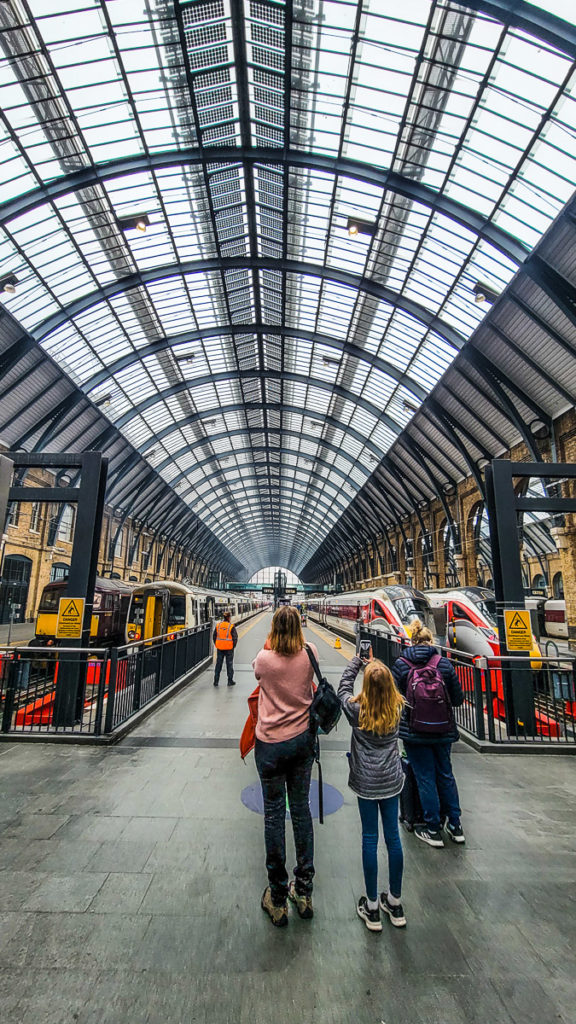
We also took the subway in Paris and the train down to Versailles without hassles.
On previous Europe trips, we’ve caught the train from London to Bath and Oxford. Now that’s a place where you’d rather catch the train than rent a car. And if you are visiting London, don’t miss our guide to get around London!
What about Taxis and Ubers?
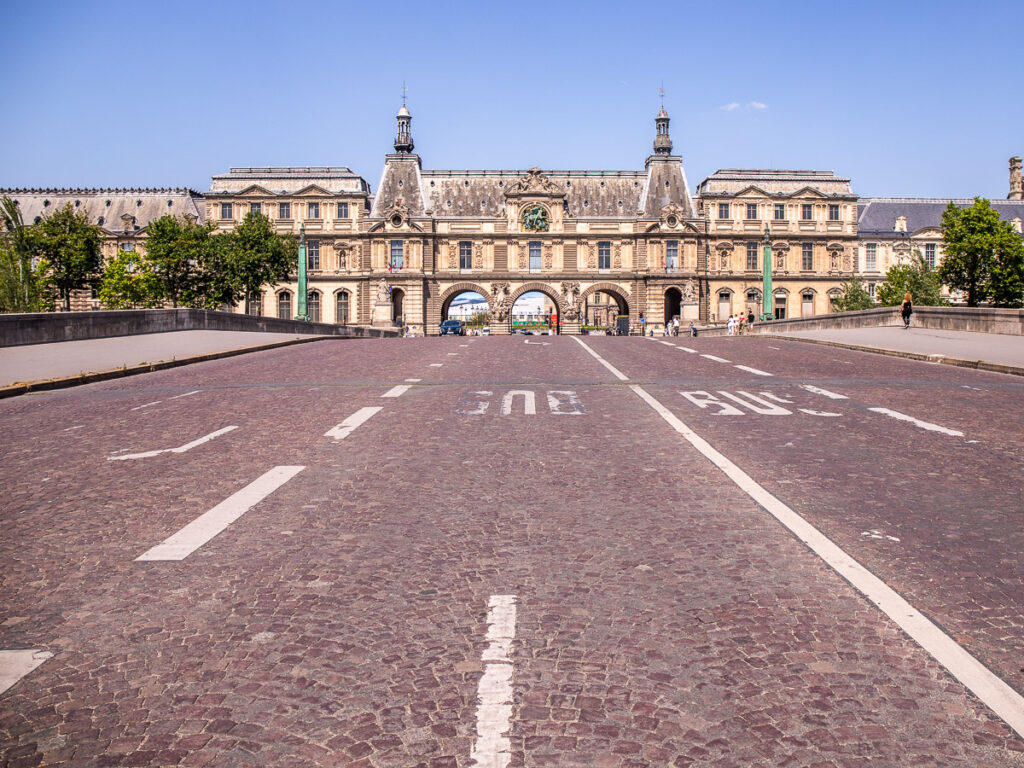
Y’all know the value of a taxi or Uber. Often, for families, catching an Uber may end up the same price or cheaper than individual train or bus tickets – especially for shorter distances. So, we always check it first.
Uber is not found as much in Europe as the US. Verona did not have it at all, so you will be using taxi meters.
Be careful of traffic. We thought it would be cheaper and easier to get a taxi from Charles de Gaulle in Paris to our hotel in the city after our red eye flight. MISTAKE! An extra two hours in traffic and 30 Euro later we arrived!
Are European cities walkable?
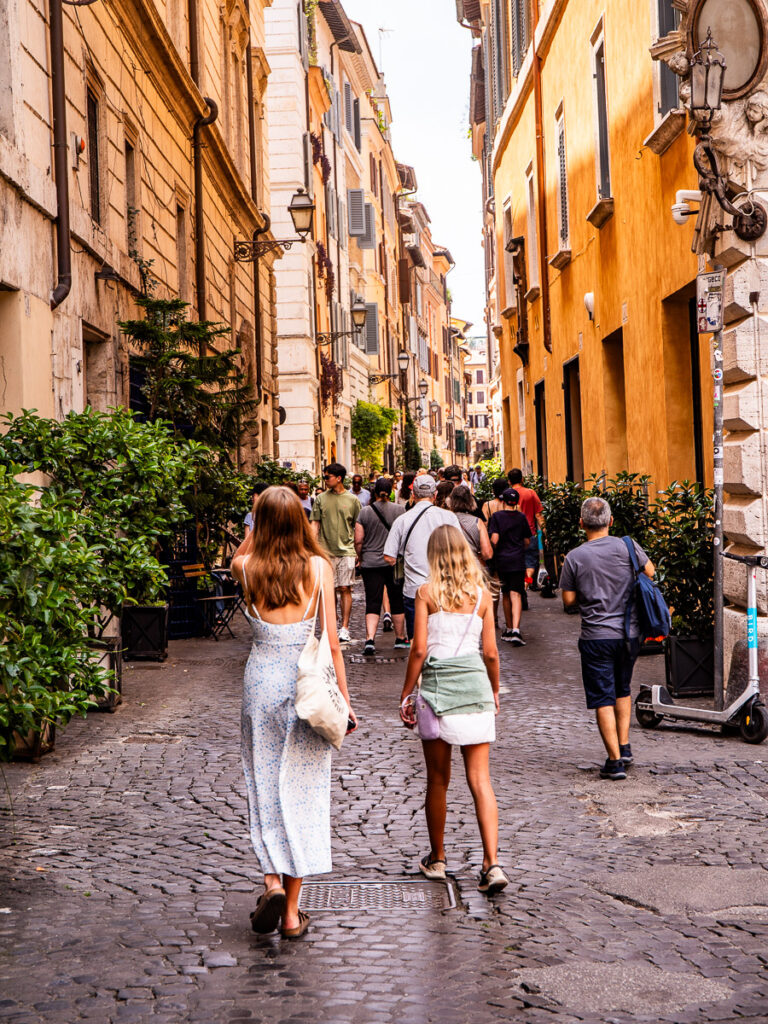
Most European cities are walkable, which helps reduce costs on daily explorations of a city. We walk almost everywhere.
In fact, we were clocking up 20-30K steps each day in Paris, Rome and Florence. We would be disappointed in ourselves if we went below that.
It’s cheap, a great way to see the cities – because in Europe there is something around every corner- and it can help keep off the pounds from all the delicious food and Aperol Spritz you’re consuming.
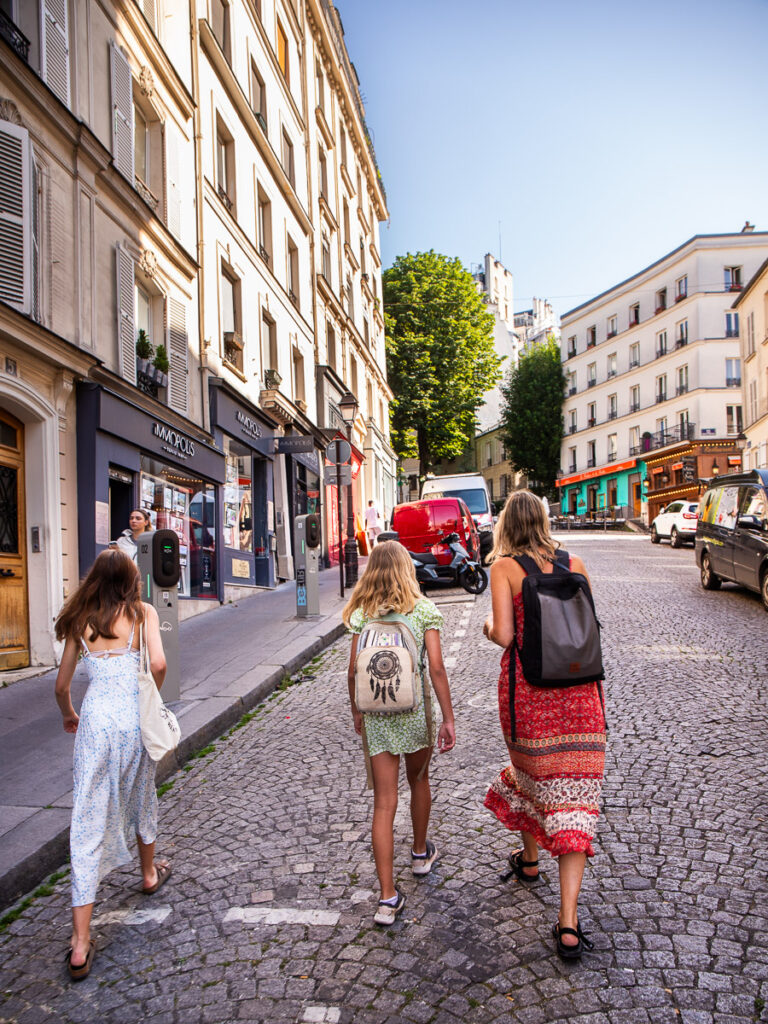
Our rule is if the public transport is 20-minutes in duration or less, we walk. By the time you get down to the subway station and wait for the train, you’d almost be there by walking.
TOP TIP: Get a comfortable pair of walking shoes for concrete pavement and cobblestone streets!
8. Book in Tours
Now your transport is sorted out, it’s time to book those tours and attractions. Before you book attractions, here are a few things to consider.
Kids are often Free
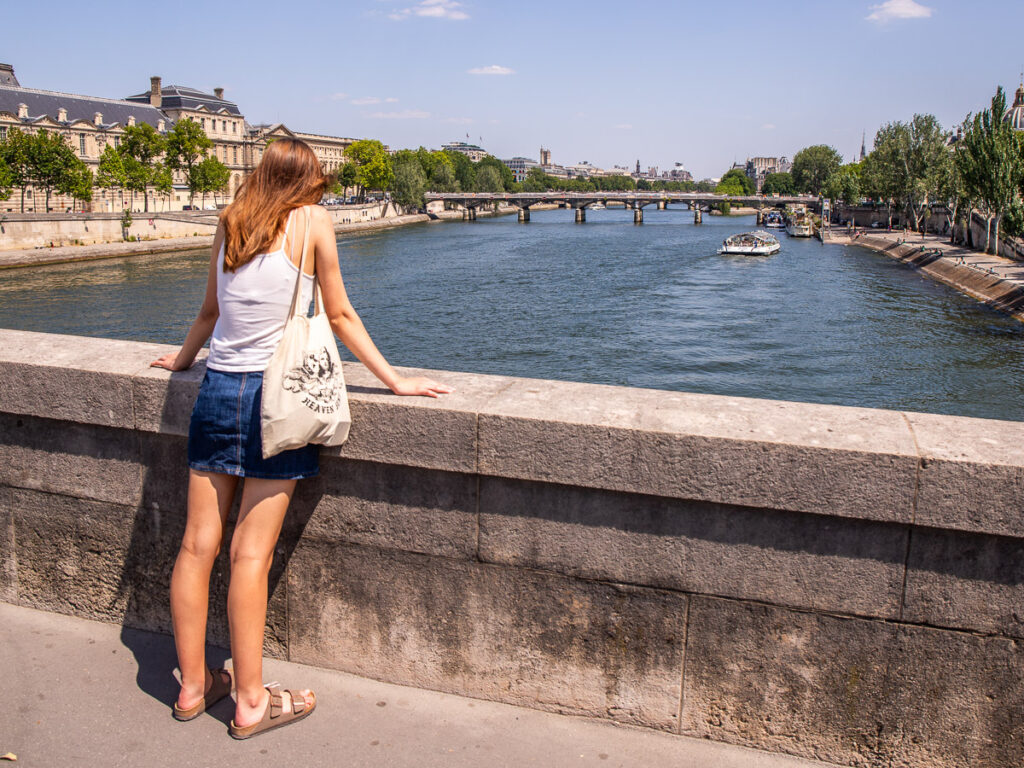
In Europe, many attractions are free or at a greatly reduced price for kids under 12.
Research all of this before you start booking things, especially if you are booking via online booking sites or purchasing attraction passes. See more on that below.
Do 1-2 Major Activities per day!
Try not to overload your itinerary, especially traveling with younger kids. Book just 1-2 attractions and tours per day, then allow for rest, free exploration, and sampling delicious treats.
If you have younger kids, you may need to fit in nap times and playground stops as well.
Skip the Line Passes are Essential
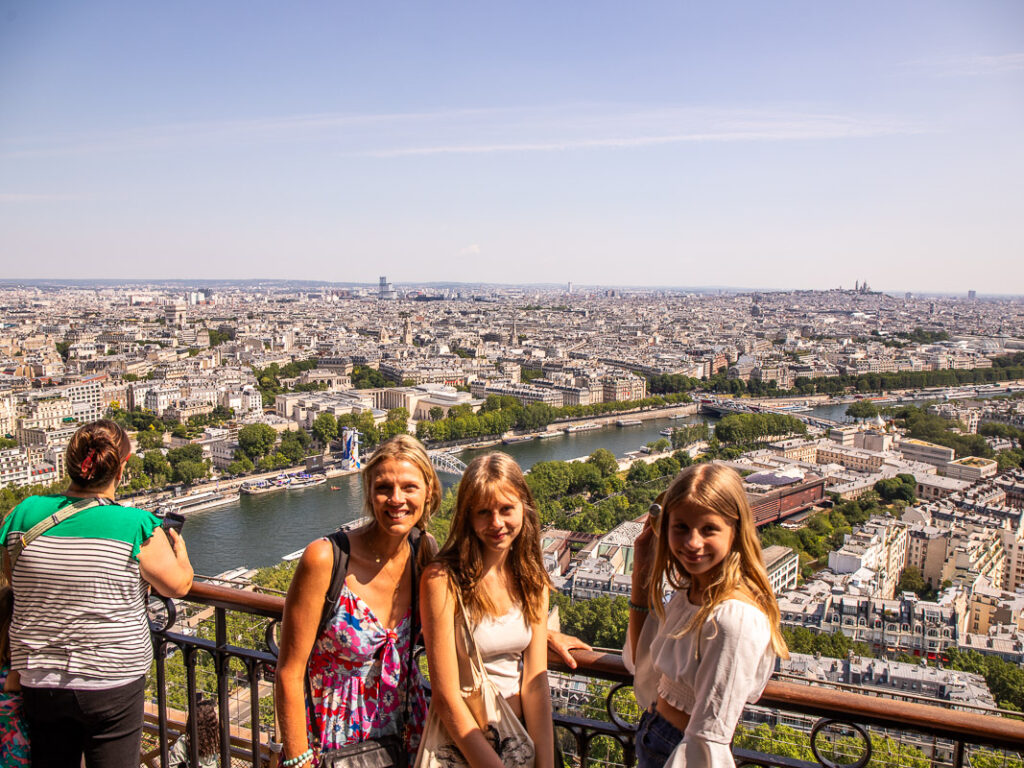
I’m shocked every time I arrive at an attraction and see people waiting in long lines to purchase a ticket on the spot.
Book the ticket in advance – timed slot or skip the line. You then walk straight up to the gate at your time slot and enter. You may have a wait getting through security, but generally you go straight in.
One prime example of where this comes in handy is if you want to visit the Vatican Museums in The Vatican City. If you don’t get your pass in advance, expect to queue for up to 3 hours!
The only time we had a long wait was for the Accademia in Florence and the Eiffel Tower which was a complete schmozzle with delayed openings and ineffective directing of crowds and poor signage with their different ticket options for the Eiffel Tower.
Book The First Tour of the Day
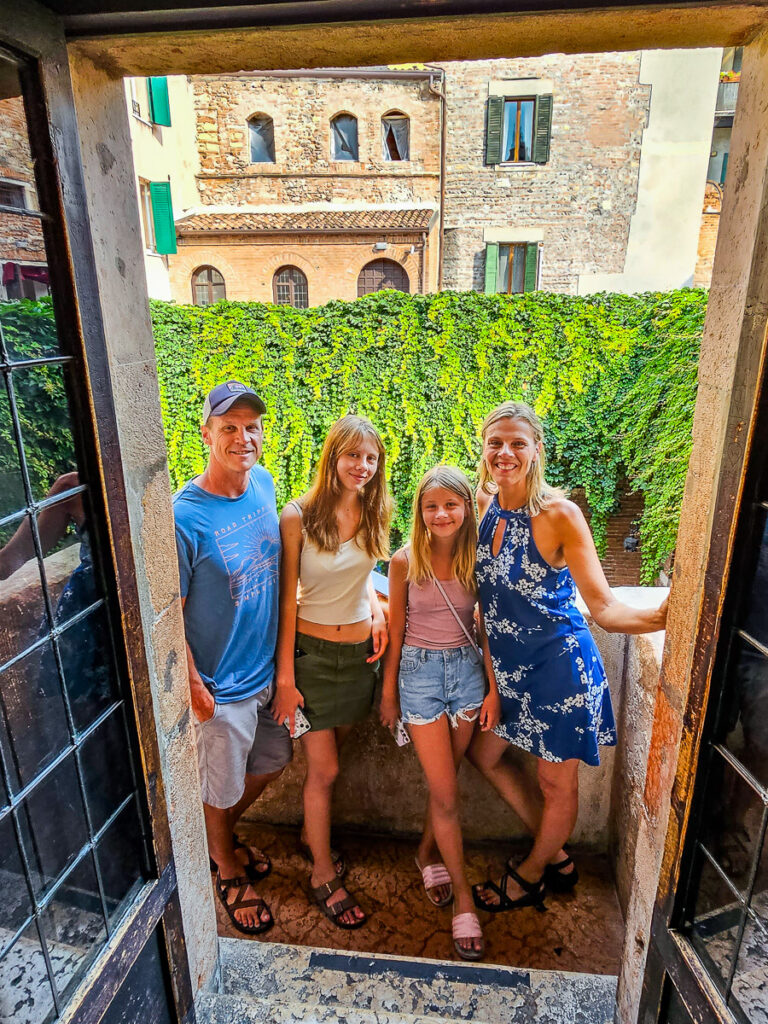
If you can, book the first tour, or timed-entry slot, of the day for the most popular attractions.
I could not believe that we had The Hall of Mirrors in Versailles, Doge’s Palace, and the Verona Arena and Juliet’s balcony in Verona almost all to ourselves using this strategy.
It won’t always work but take the chance! The further the day goes on, the larger the line gets because of domino effect delays.
Use Tour Booking Platforms
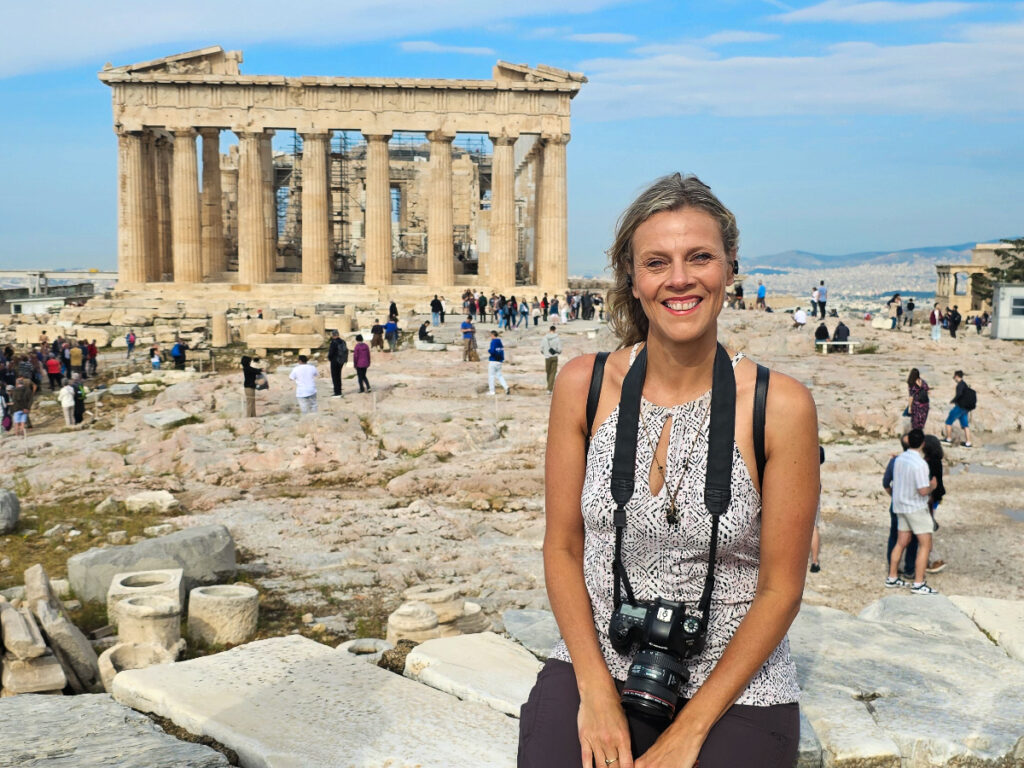
I like to book tours and attractions through booking portals like Get Your Guide (preferred) Viator, or Tiqets.
They usually have book now & pay later options, and up to 24 hours cancellation protection, Plus, if something goes wrong, it’s easier to talk to someone.
Some of the attraction websites are difficult to understand because they’re foreign, and their booking process is difficult to follow.
This happened to me in Athens visiting the Acropolis and various attractions in Verona, and the Eiffel Tower. It was way easier to book via Get your Guide.
Plus, your tickets are stored in your app and very easy to access and scan at the attraction.
CAVEAT: One issue I found booking experiences as a family in central Europe through Get your Guide, is that Get Your Guide does not cater to the free or reduced tickets for kids. You can only get full price tickets. You could get your adult tickets and then book the kids individually directly on the attraction site – or wait until you arrive – BUT there is a major caveat with this.
When booking tickets, you typically have to select a timed entry, so if you aren’t getting all the tickets at once for your family, you might not get the same timed entry for the kids. In these cases, I booked directly through the attraction site.
Join a Guided Tour
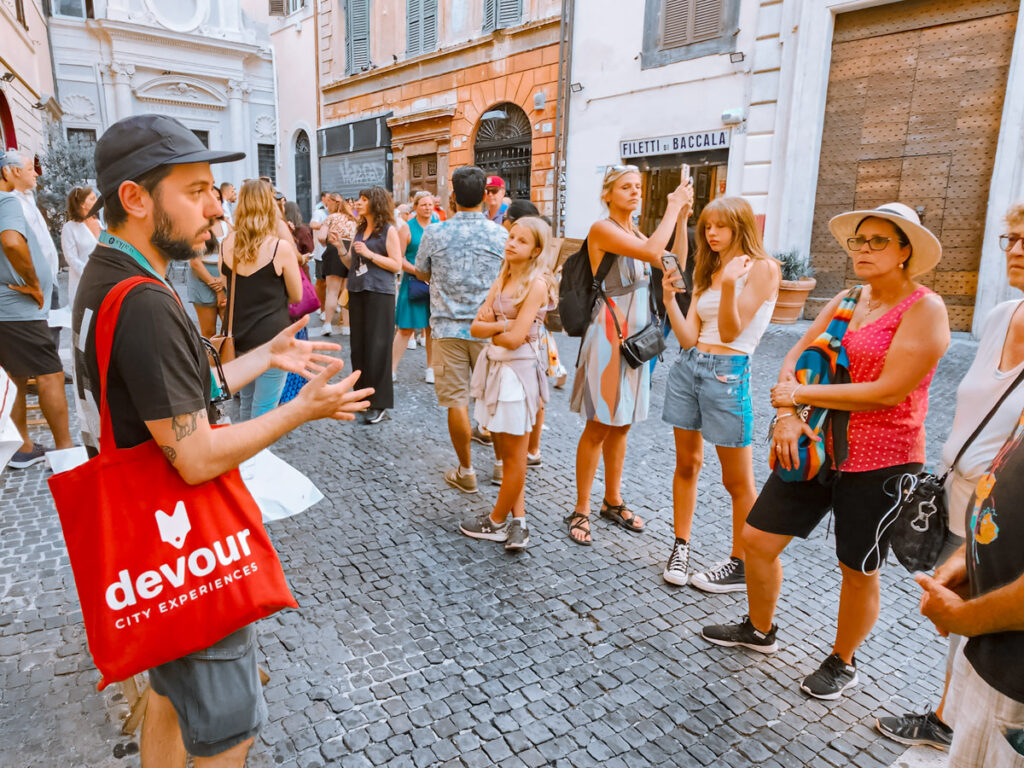
I love love love guided tours for many reasons. Here’s a few reasons why:
- They include skip the line passes.
- A city tour gives you a great overview and starting point. You’ll learn what you want to go back to and explore more of, and insider secrets on best pizza, ice cream etc. Try to do one on your first day for this reason.
- You’ll learn so much more than doing it on your own.
- It engages kids more than you ever will.
- As a parent interested in learning, I get to learn. If it’s just me and the kids, they’re doing everything they can to pull me away from reading that information board and taking it all in.
- Guides will share with you the most interesting things, saving you hours looking at everything and trying to figure out what is important. Many are art majors and historians and know a lot!
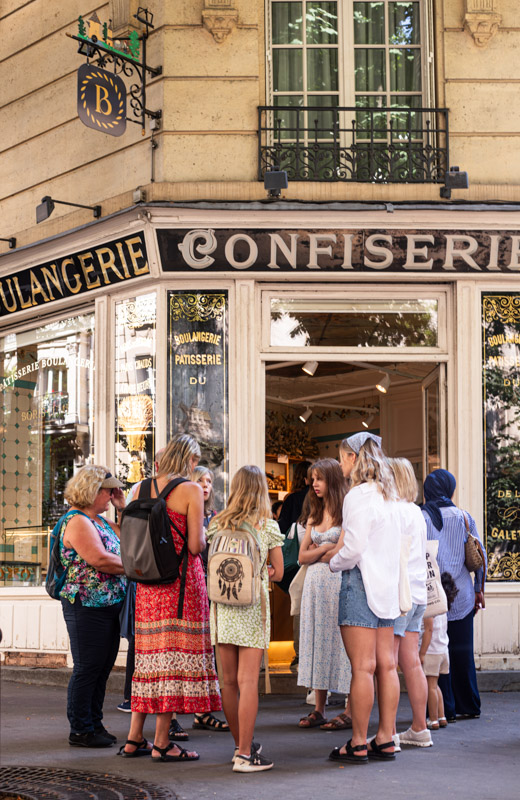
- They know how to steer you around crowds, so you have a better experience. I would have hated the Vatican if we did it on our own (it was still tough anyways as it was unbelievably chaotic), but our guide steered us around and showed us what was most fascinating. In comparison, we hated the Colosseum because we did it on our own, did not know what we were looking at, got no insight on it, and got swept up in the chaotic crowd and spit out at the end missing half of it. As it was one way only, they would not let us go back to visit the section we missed because of the mental crowds!
- For small group tours in Europe, we highly recommend Take Walks (includes Devour Tours) and LivTours.
Consider a Food Tour or a Cooking Class

We did five food walking tours and a cooking class on our Europe trip. The girls absolutely loved them, as did we.
There is no better way to connect with a foreign culture than with their food and Europe is one of the best places for this.
Apart from trying delicious food, yummy treats, and fine wines, you’ll also learn a lot about the history of the destination.
Choose food tours that are small groups and have a focus on local. We cannot recommend Devour Tours (Owned by Walks of Italy) high enough. They are all about supporting and preserving local culture and food traditions.

What child would not love learning how to make gelato, macarons, or pasta? Our cooking class at our agritourismo stay in Tuscany was one of our favorite experiences on our Europe trip. Read more about our Tuscan farm stay here.
We also loved our food tour of Montmartre Paris; the street food and history tour of Rome; and the food and wine tour of Florence. WE also did a food tour in Venice and a food tour in Hungary on our 8 Day Danube River cruise with Avalon Waterways.
Purchase Go City Attraction Passes
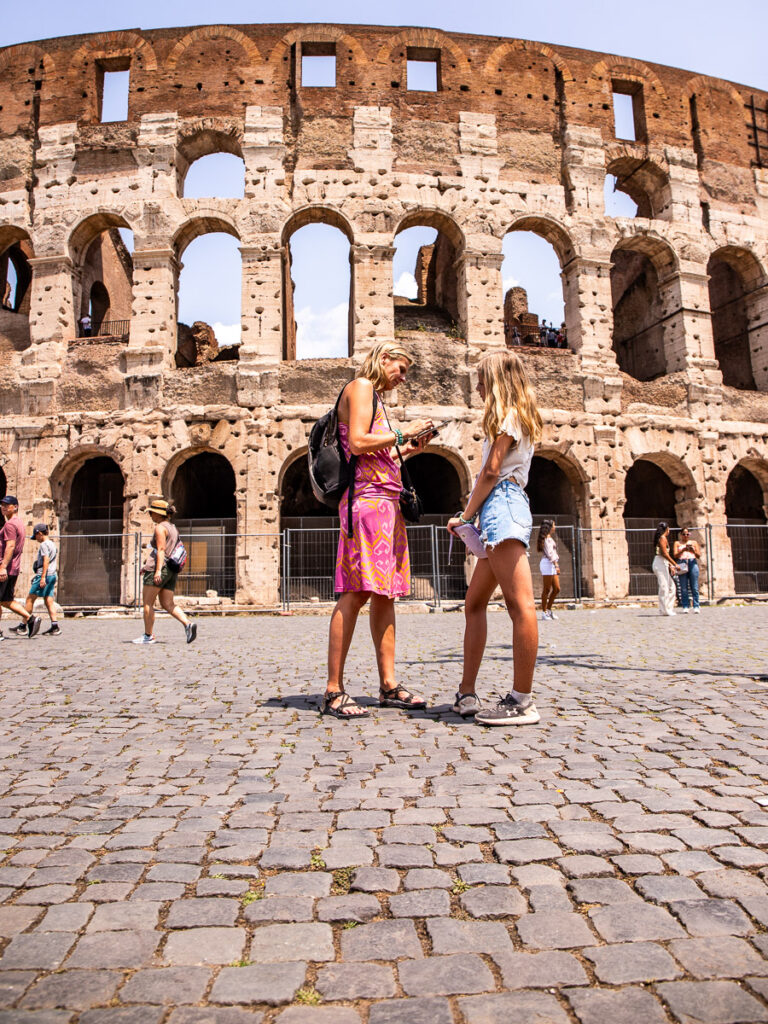
Go City has attraction passes for multiple cities in Europe. We use them often when traveling with kids around the world. They can be a great way to save money if you intend to visit multiple attractions in a destination.
They often have your typical tourist attraction entry tickets (with skip the line passes) as well as more interesting, and lesser known tours and attractions.
Once you start figuring out what you will see and do from your bucket list, you can do the math to figure out if a Go City attraction pass will save you money vs booking them separately.
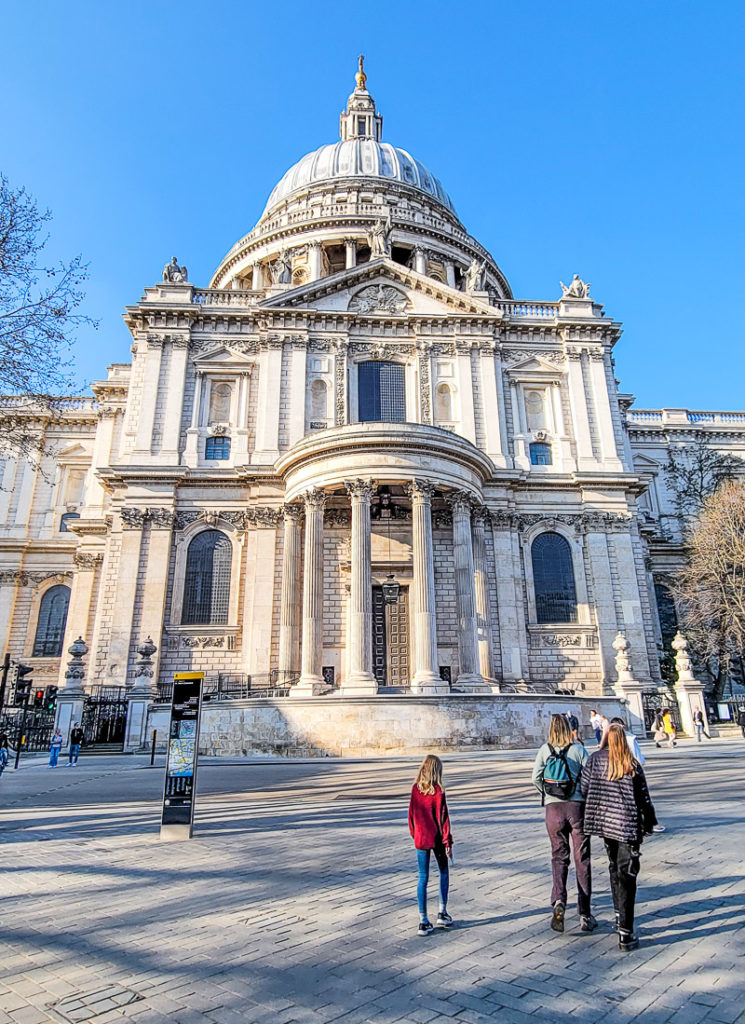
Note that if you do purchase a Go City attraction pass, you will still have to reserve a timed entry to some attractions – I recommend you do this if you can anyway. All these details will be in the Go City app once you purchase your ticket.
We used a 3-attraction Go City for Rome and have also used a Go City for London on a previous Europe trip. The Go City for Paris Pass is also a good option.
Check Attraction Opening Times
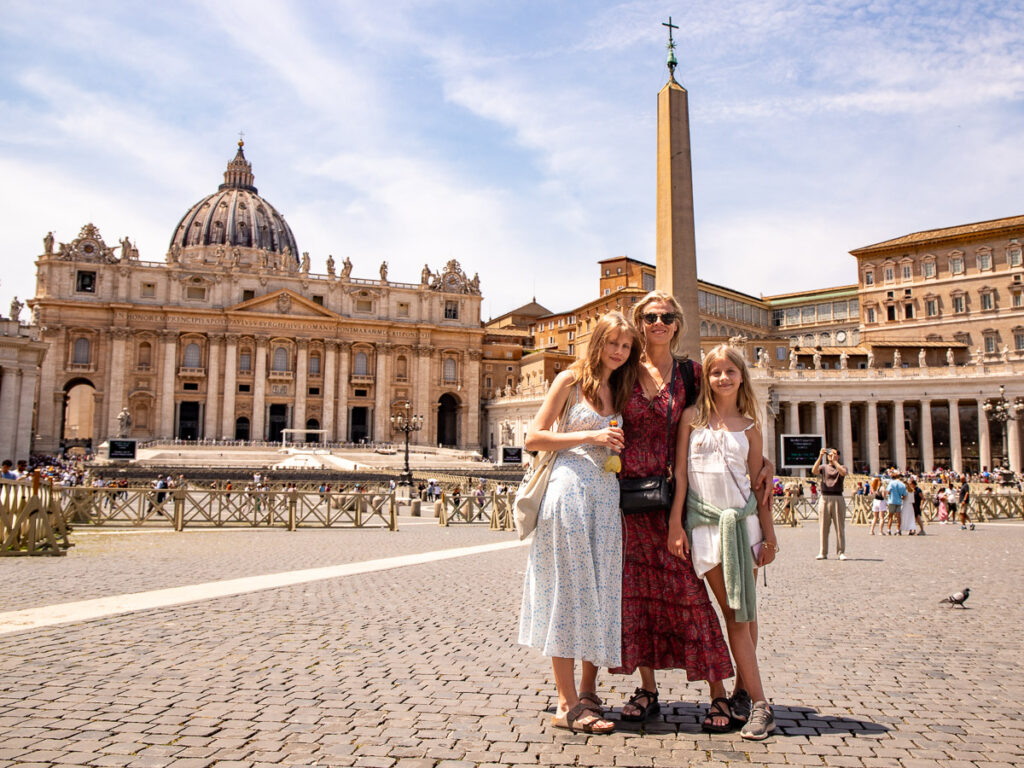
Some tours and attractions may be closed on certain days which can impact how you plan your itinerary. For example, in Verona most are closed on a Monday, and the Vatican on a Sunday.
In Austria, all retail stores are closed on Sundays, only a few restaurants and attractions are open. You may also have to navigate mass times in some of the cathedrals.
On weekends, the Pantheon in Rome requires a reserved ticket when on weekdays you can just show up.
What about booking restaurants?
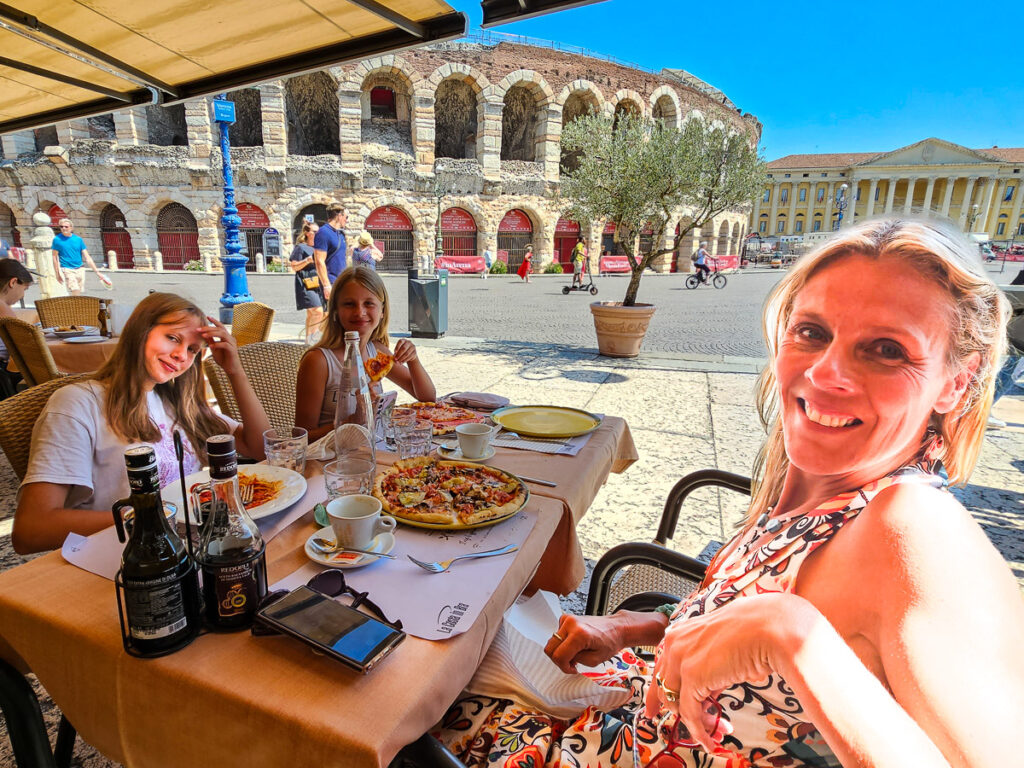
I was told multiple times to book in restaurants in Europe during the summer or I won’t get in.
This was one piece of advice I could not follow. Mealtimes can fluctuate so much depending on what you are doing each day and what unexpected things pop up.
Plus, I may have found a beautiful neighborhood to wander around and unknowingly ended up 30-minutes from that restaurant I booked, when I’d rather eat in the neighborhood. I never booked one restaurant and never had much of an issue!
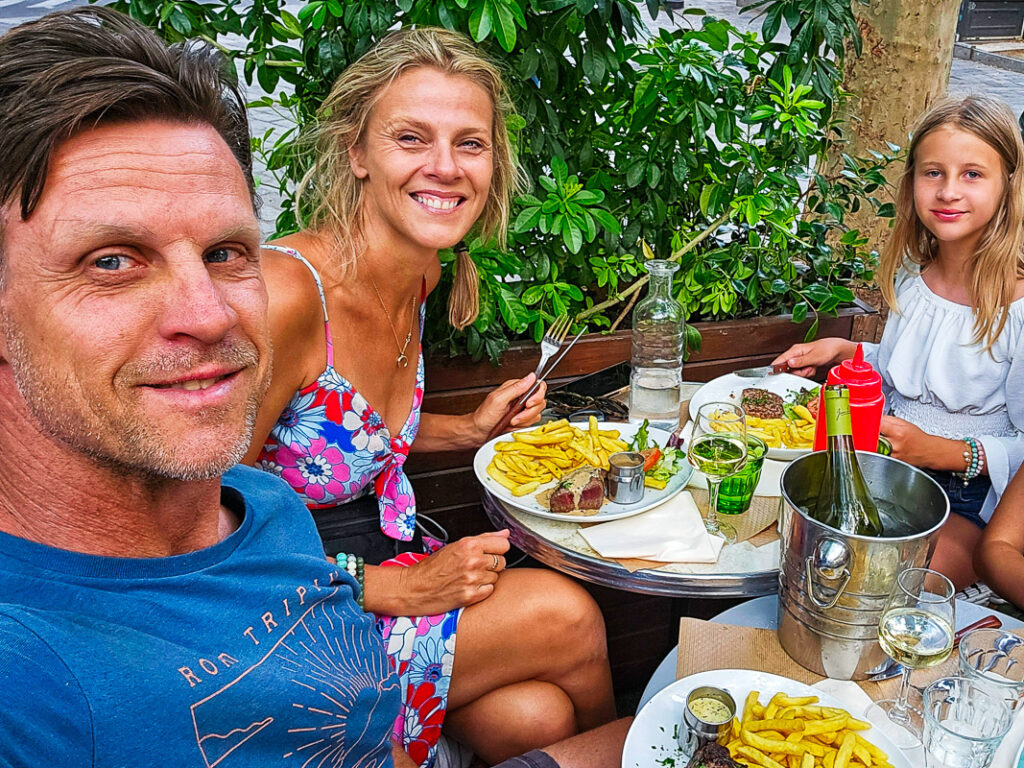
In Europe you have tons of options, you can resort to street food snacks or grocery stores if you get completely stuck.
If you are a foodie intent on exploring Michelin star restaurants, you will need to book. I’m guessing as a family traveler this is not the case for you.
We would wander, look at a few restaurants, and typically choose ones that didn’t have long lines. In Europe the food is generally good everywhere.
9. Write Out Your Itinerary
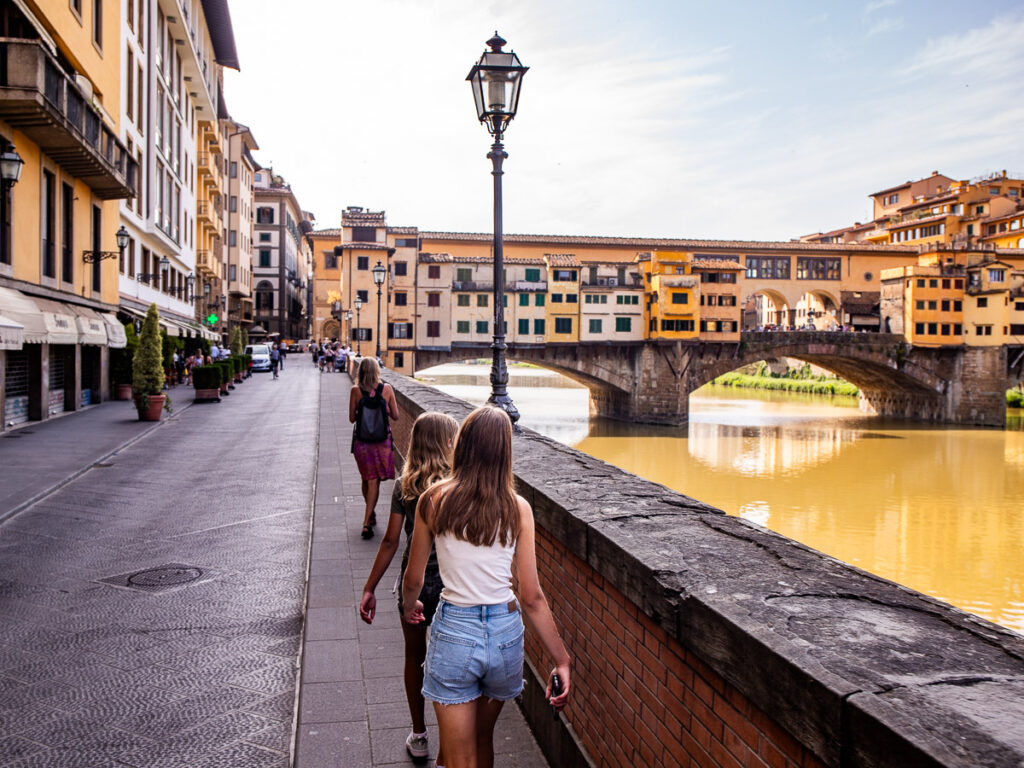
Now you’ve got everything booked in, you can start to plan out each day of your Europe trip, which I highly recommend you write down somewhere or use the spreadsheet I mentioned earlier.
I love having a daily plan to follow so I can be present and enjoy the experience more. Each day will be busy, so you won’t get time to do it on the run.
On my map, I plot out my stops, food and drink places that seem interesting, my hotel, and train stations and airports.
I will often use that to plan out each day, as I can easily see how easy it is to get around and how to group things together.
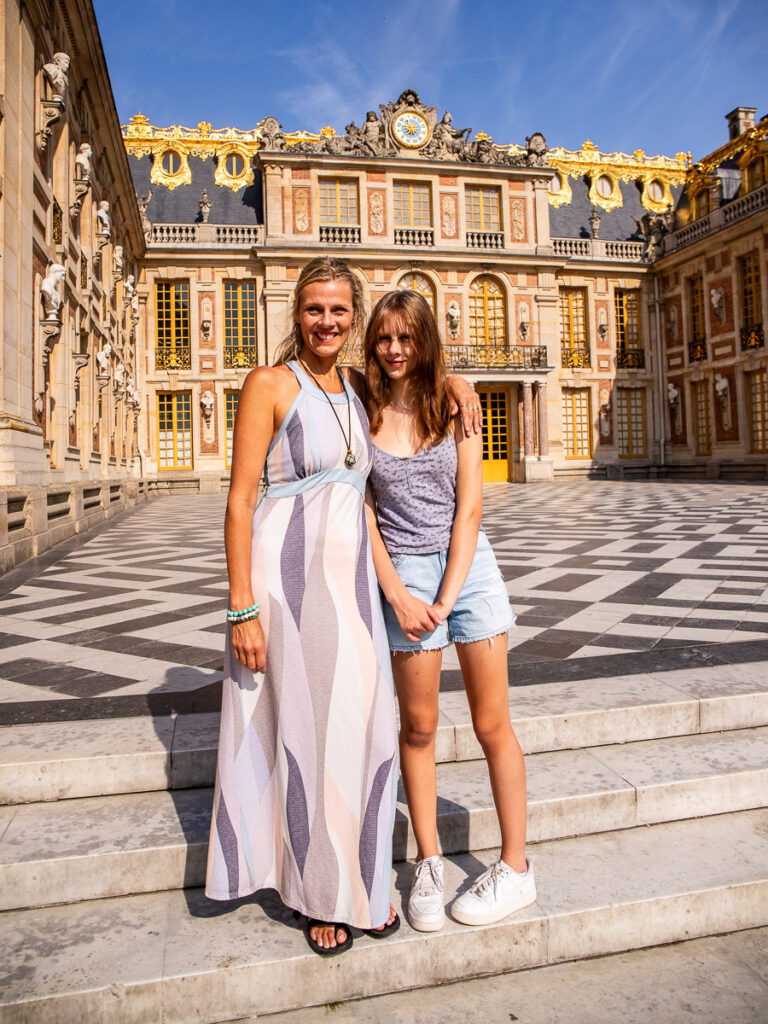
Of course, this has to be centered around those tours and attractions you’ve booked, but in having attractions booked it gives you a location and time frame to work with and figure out the rest of the day.
Take that information and in a word, doc list out a brief itinerary with times, and any other important information you want to remember. Make sure you can access them on your phone or print them off if you like that better.
We have created a 3-page printable PDF with this step-by-step guide to planning a trip to Europe. Members of our free email community, get access to all our freebies – including planning guides, checklists, cheat sheets, and itineraries. Join by filling out the form below and get immediate access!
Final Thoughts
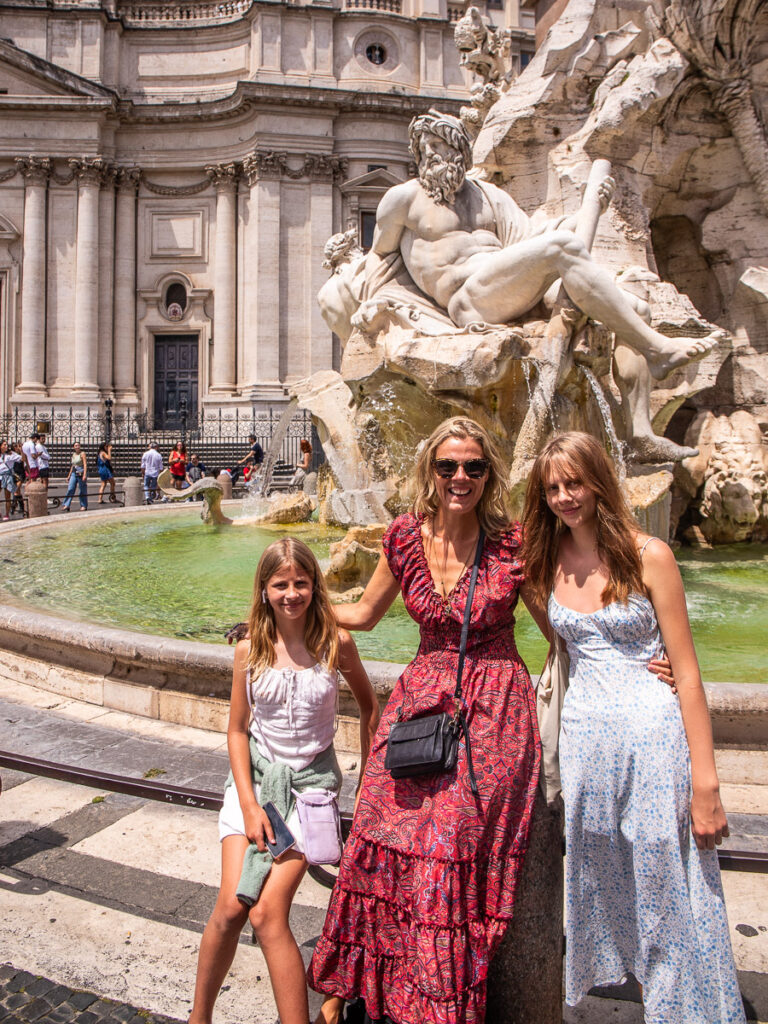
Thanks for sticking with us until the end! We hope you found it valuable with lots of information to help you plan your trip to Europe with kids.
So now you know how to plan a trip to Europe, what happens next? Well, it’s time to pack your suitcase and get ready to start exploring!
Of course, we all know it’s never as straight forward as that, so to help you out, we’ve prepared this other guide on tips for visiting Europe, which covers things you need to know when you’re actually there.
Be sure to check it out, as it covers everything you need to know to have a smooth trip.
If you have any more tips for planning a Europe trip, please leave them in the comments section below as well as any other questions you may have! And we’d love it if you could share this post with a friend or to your social channels! Have a fantastic family holiday in Europe!
